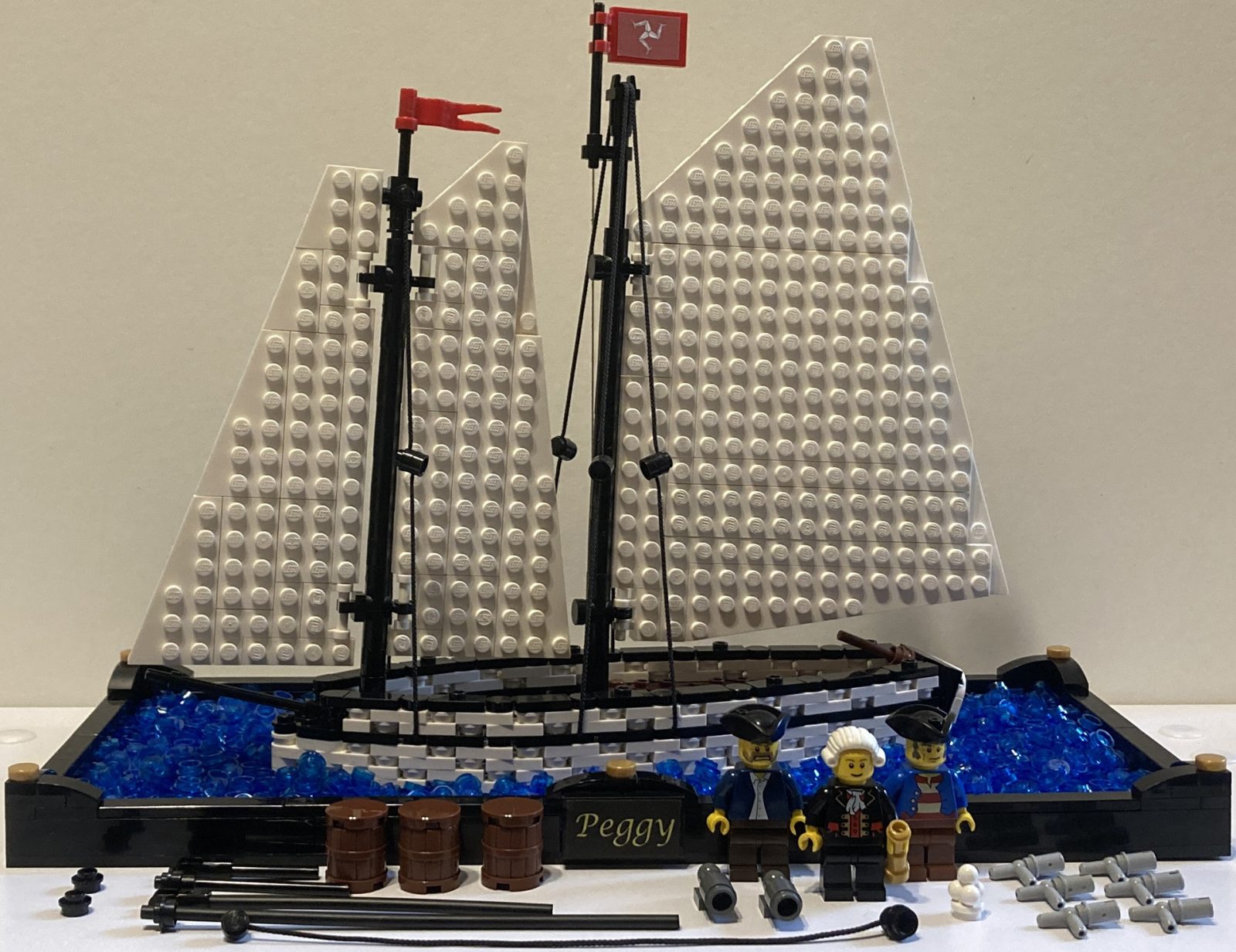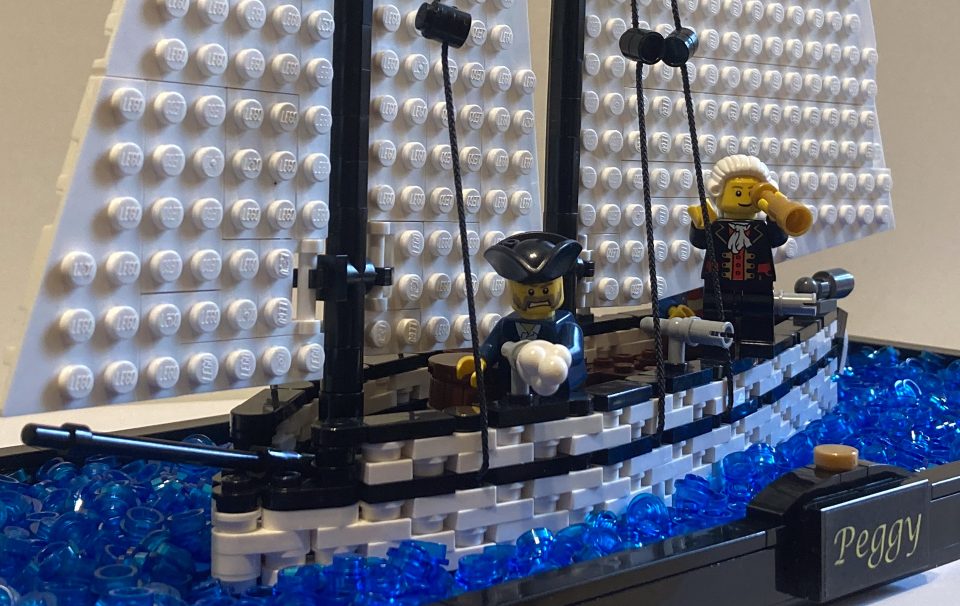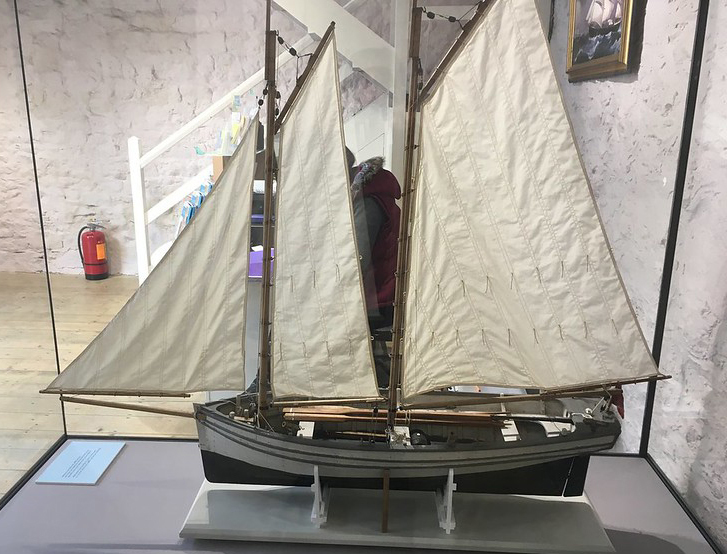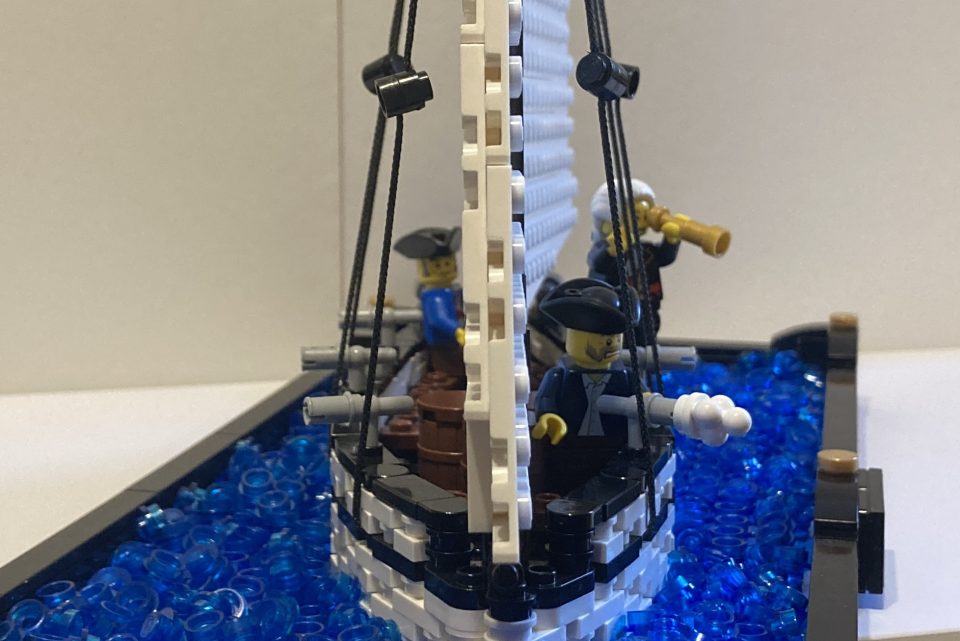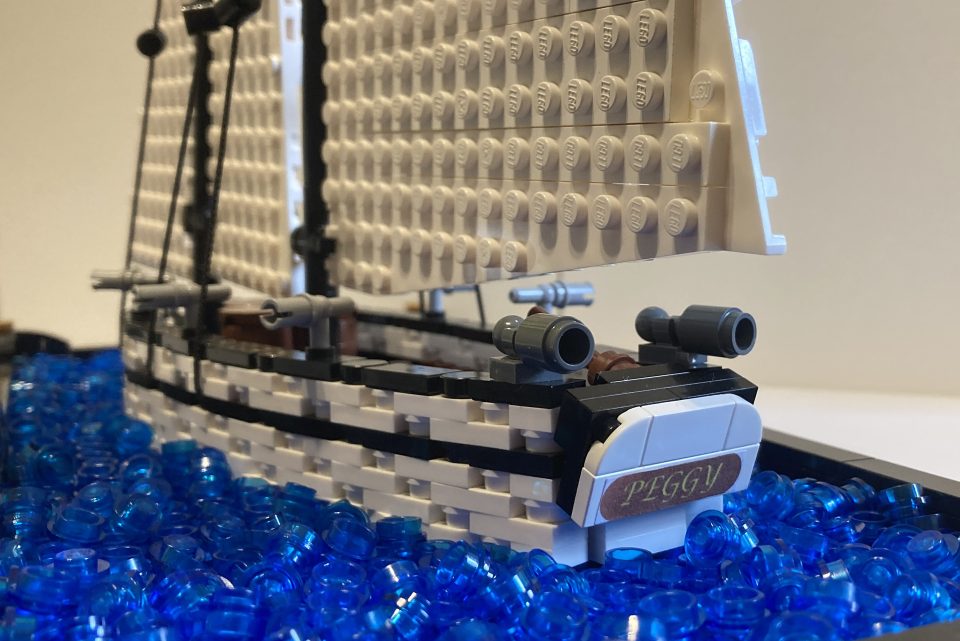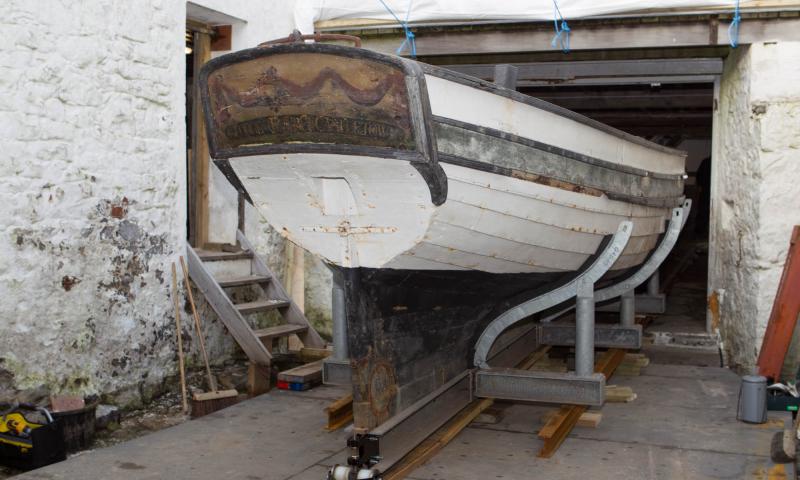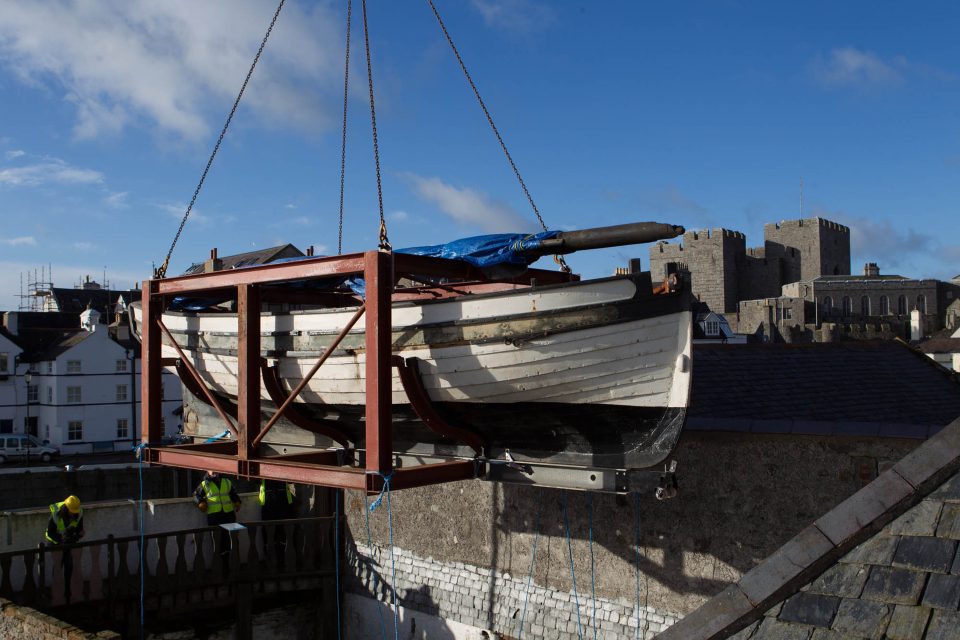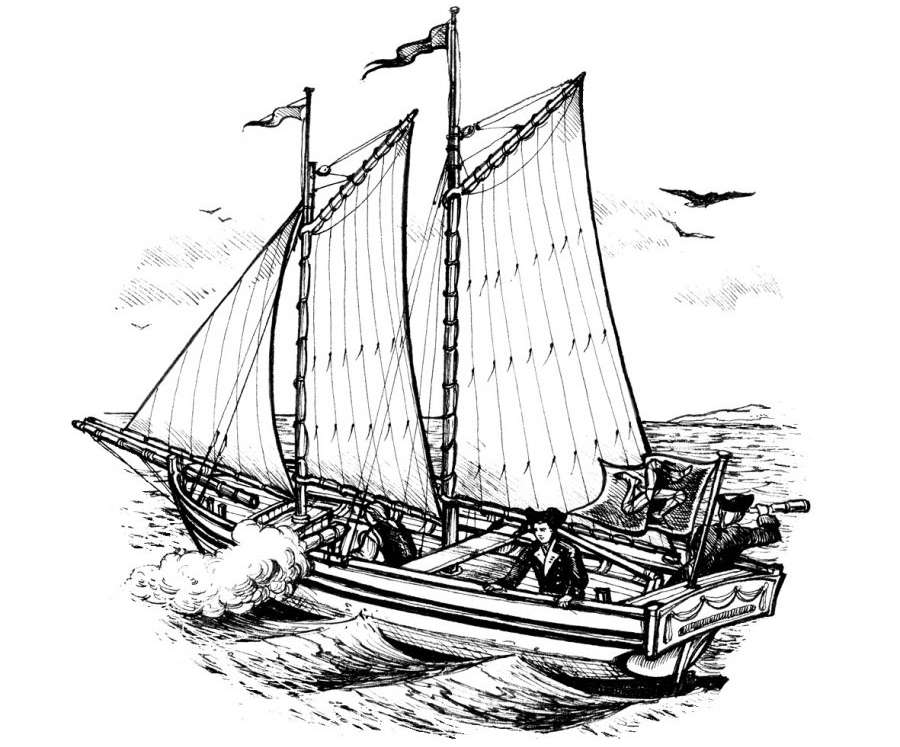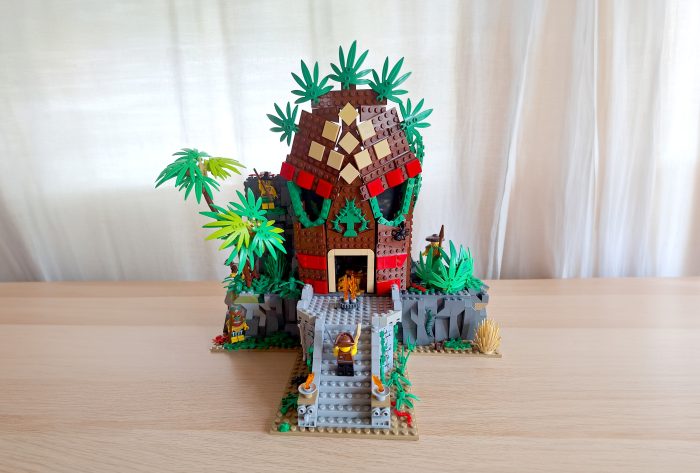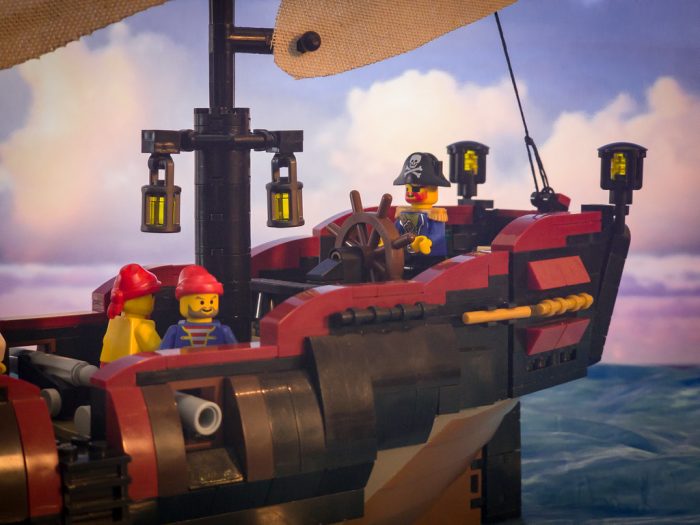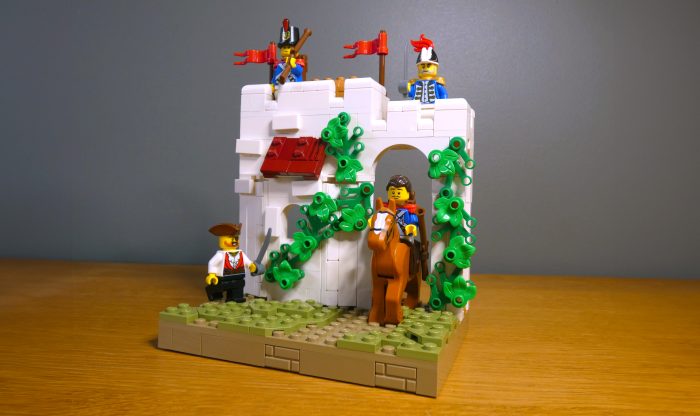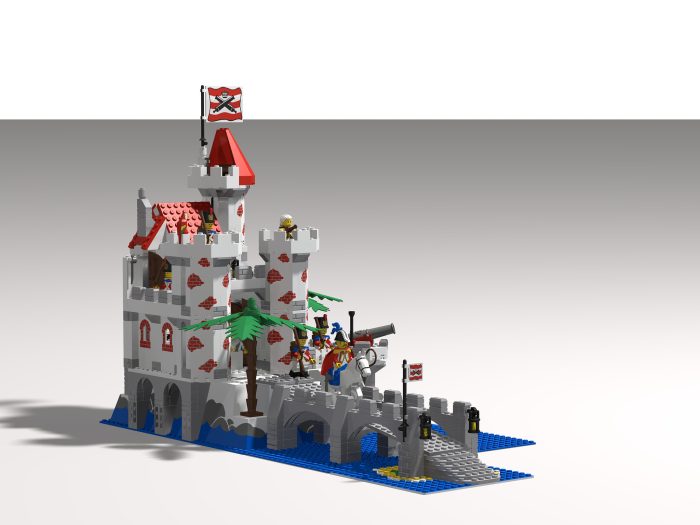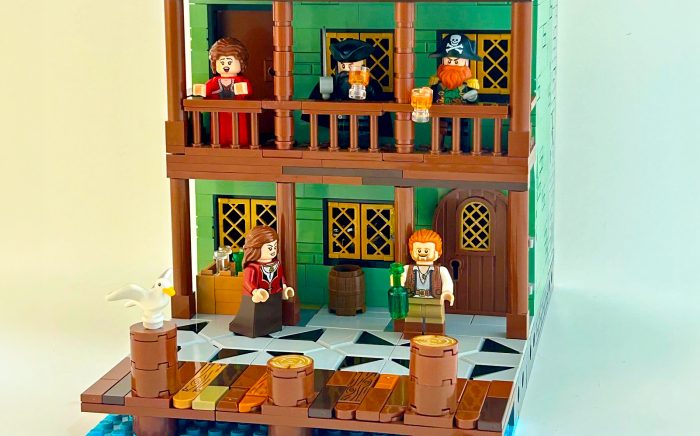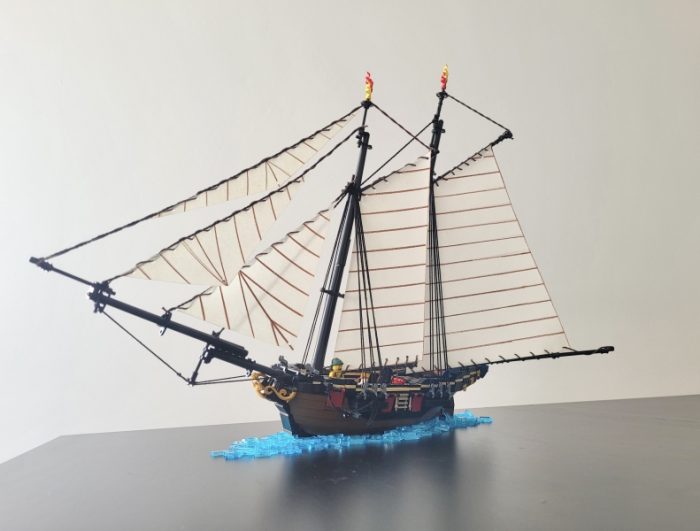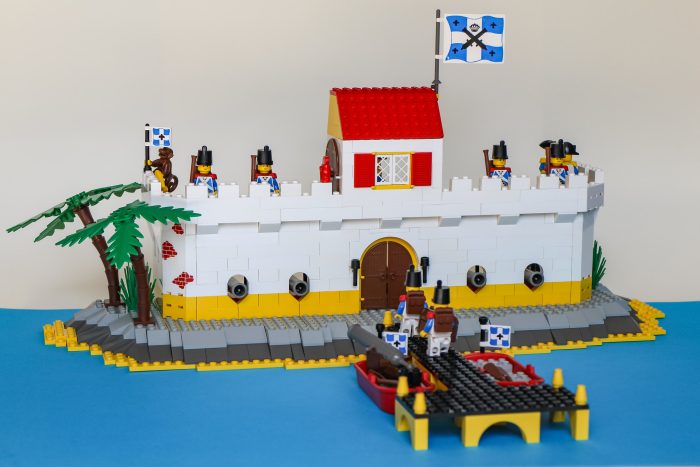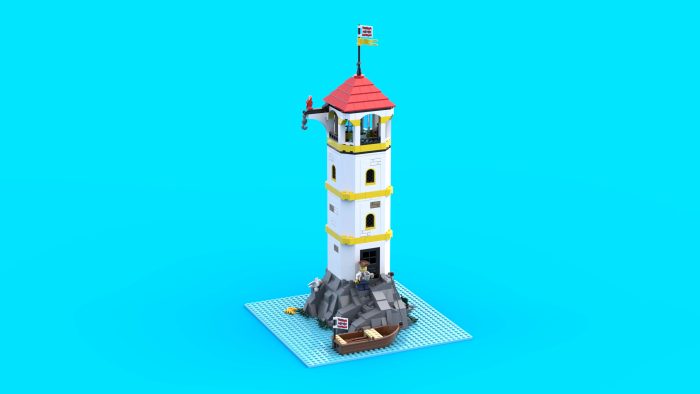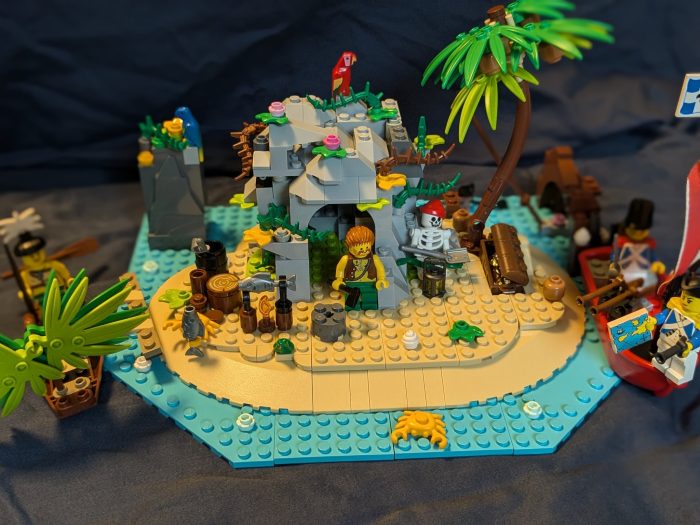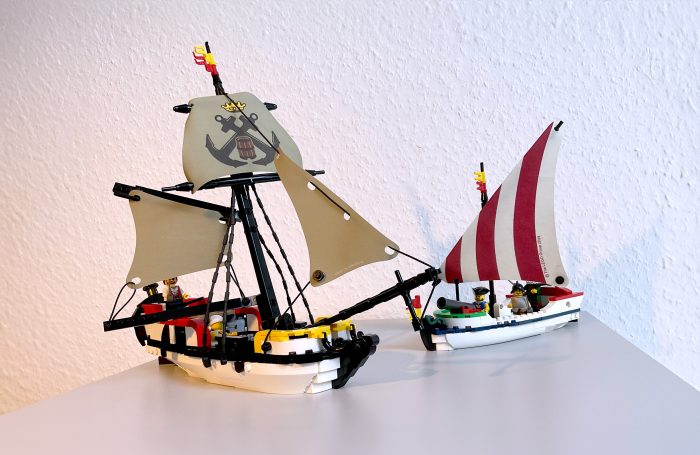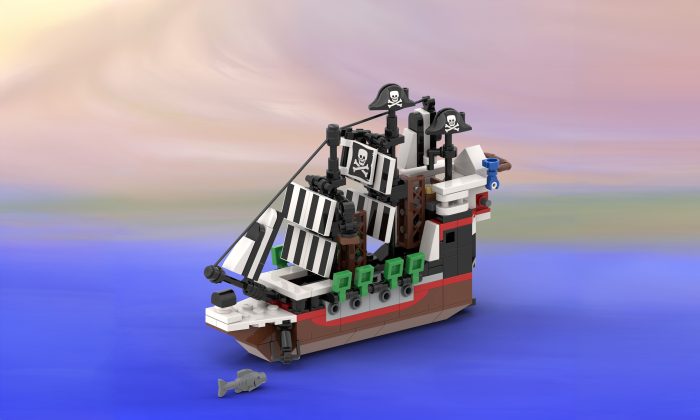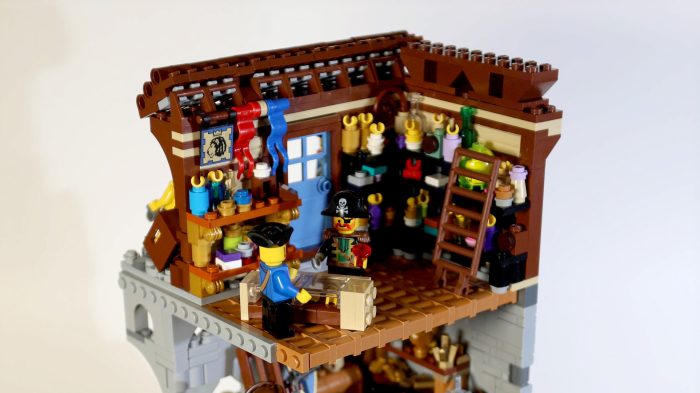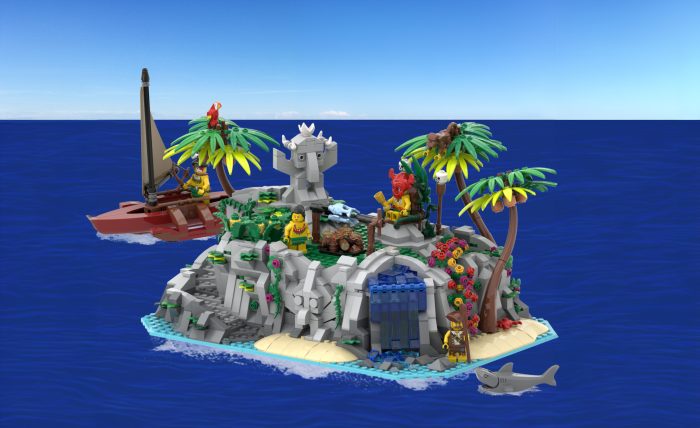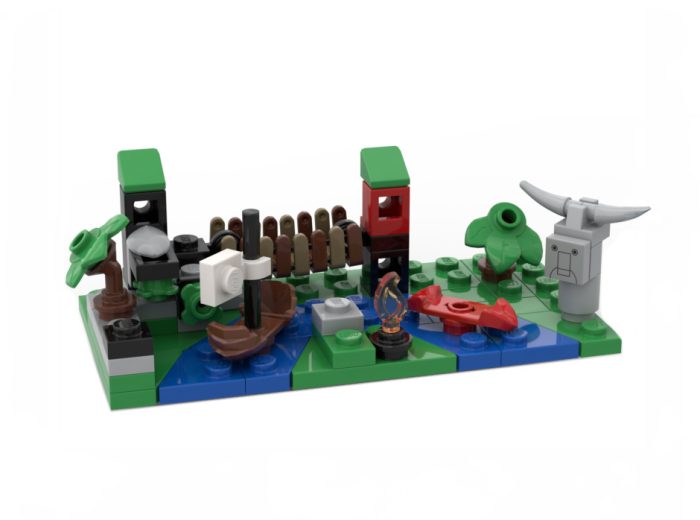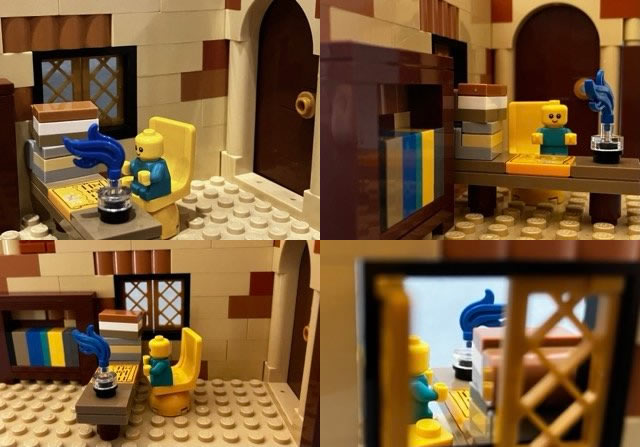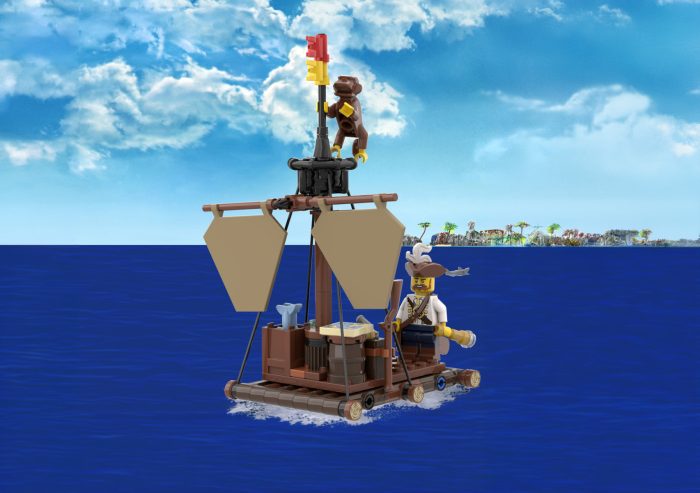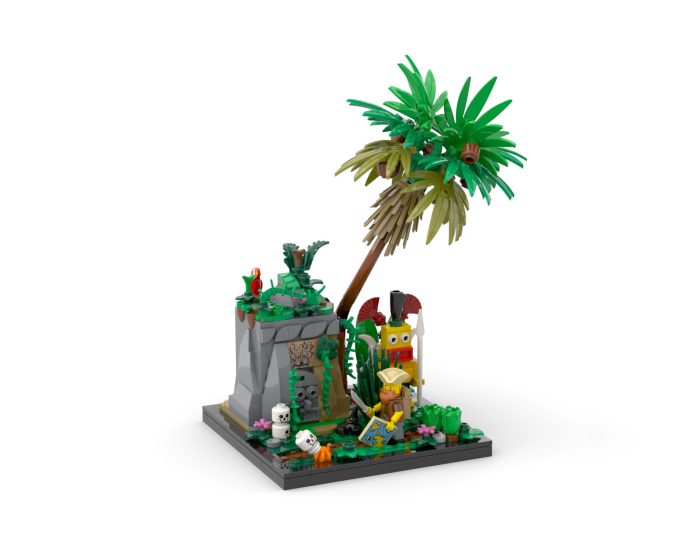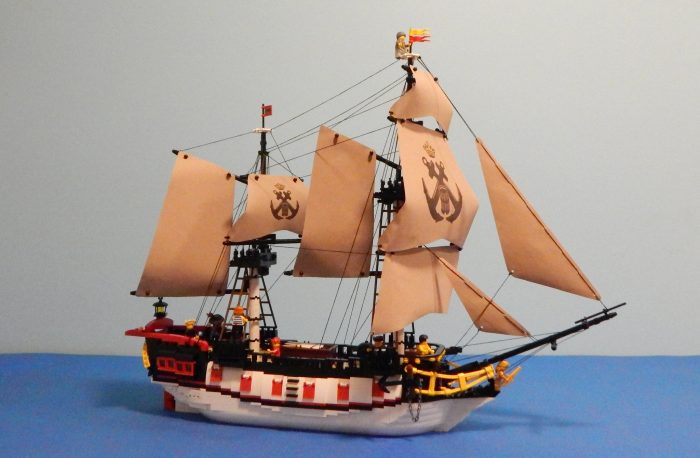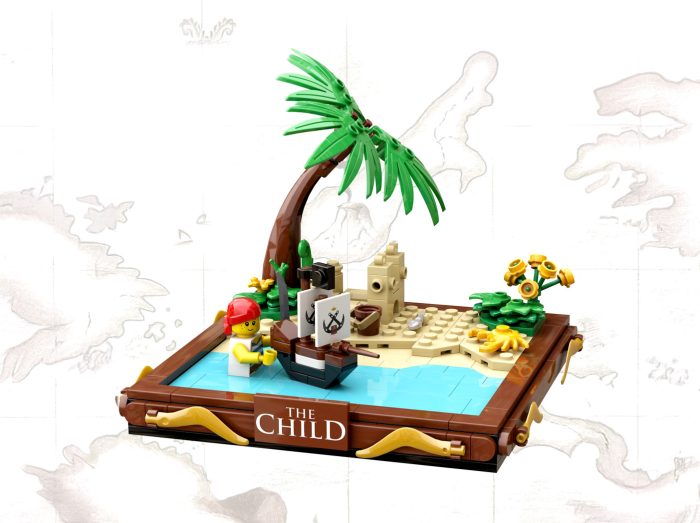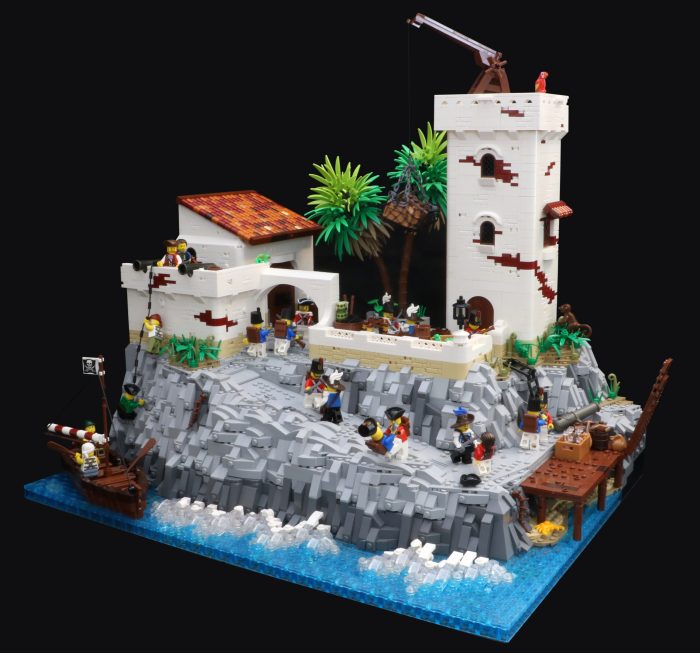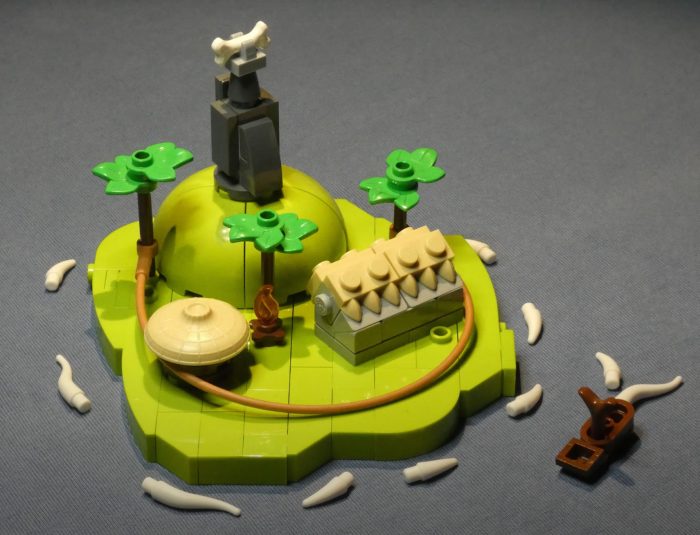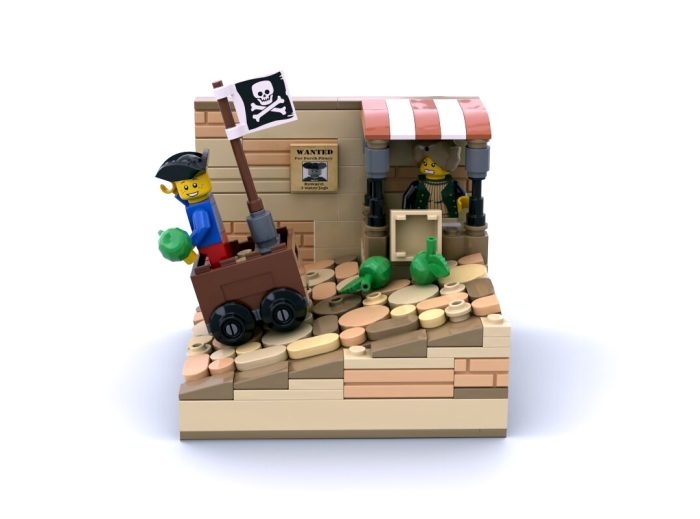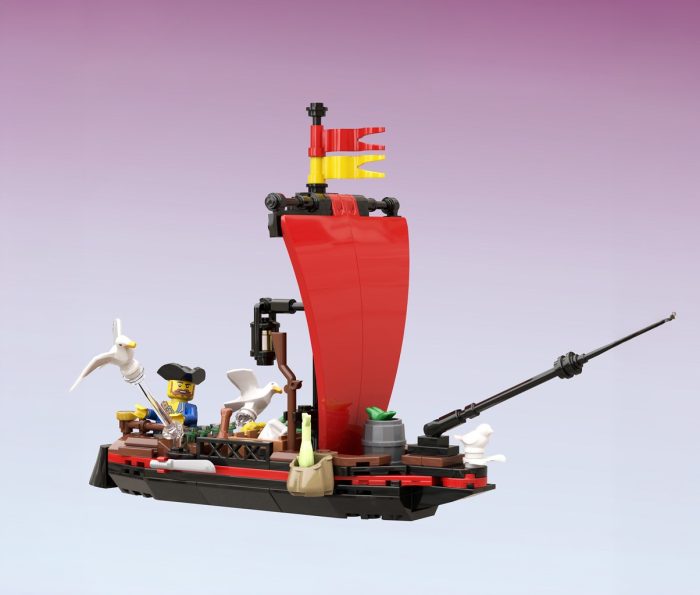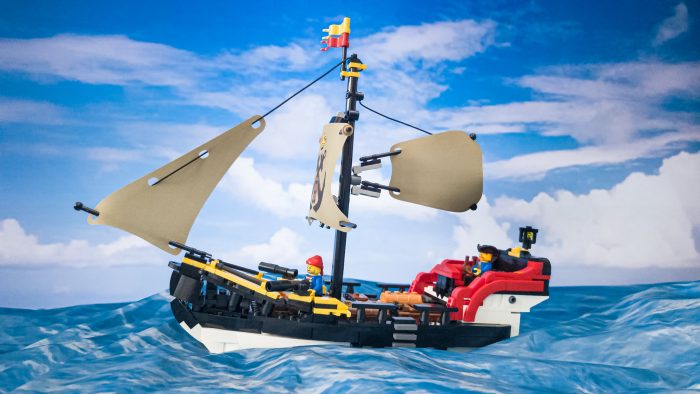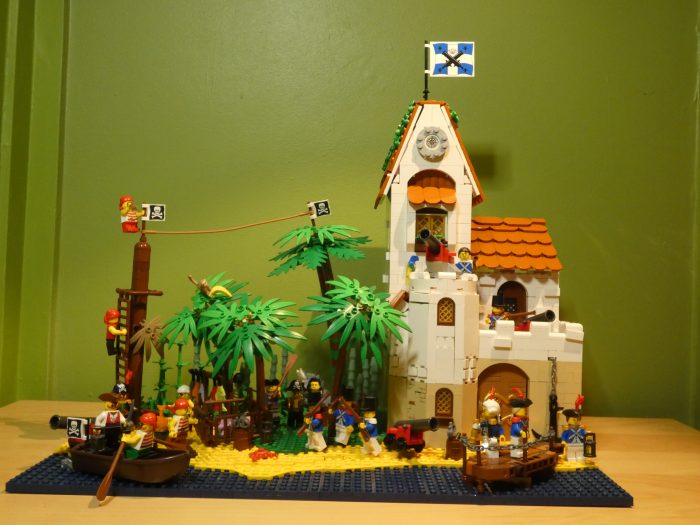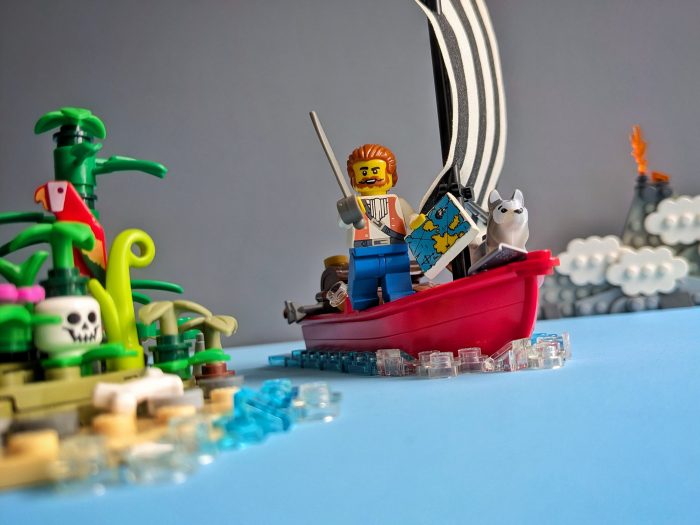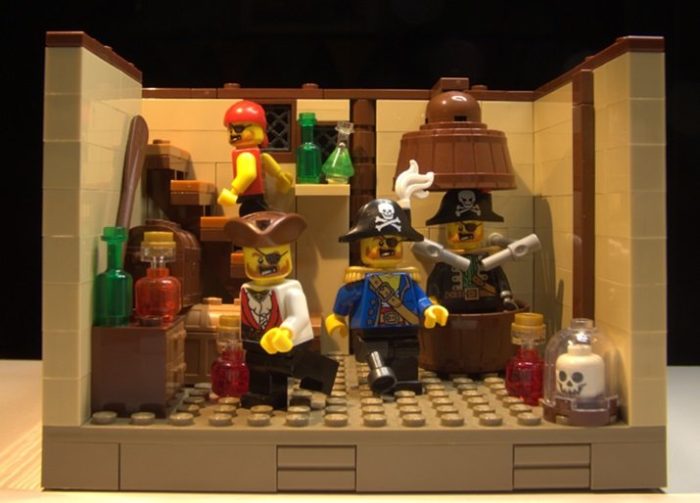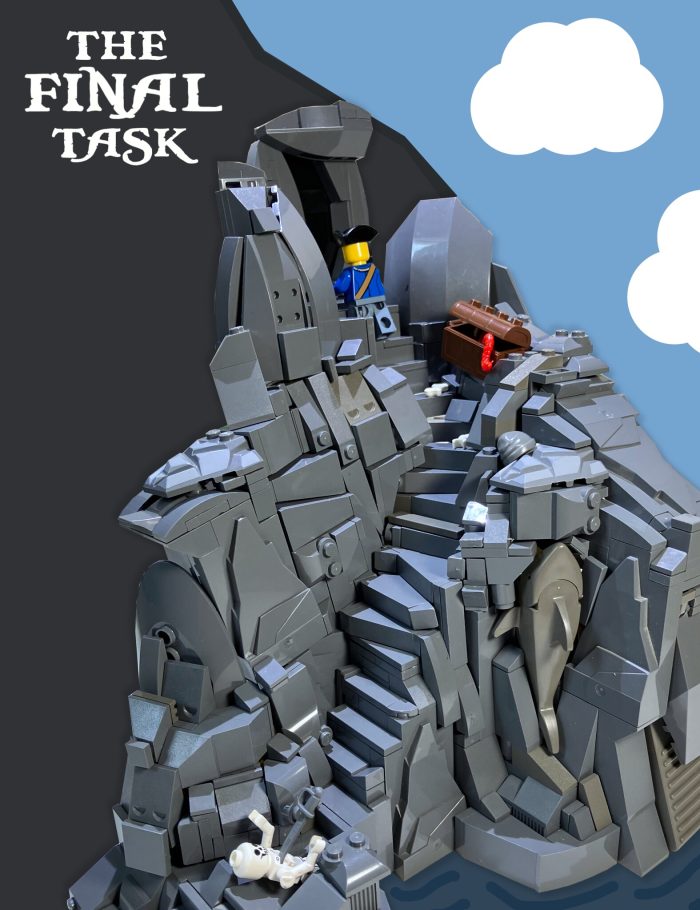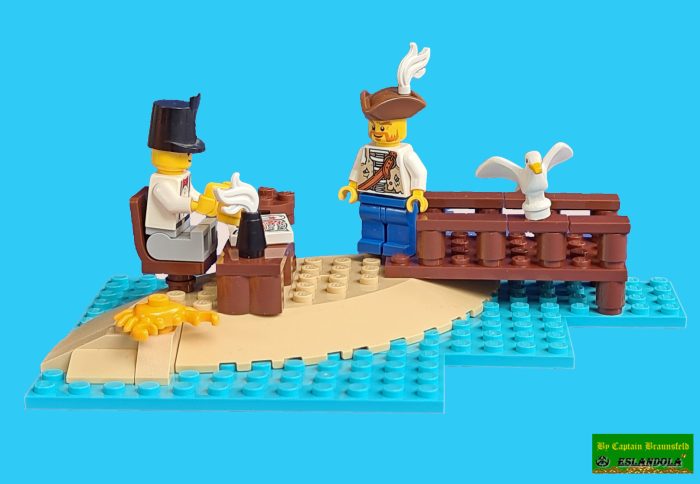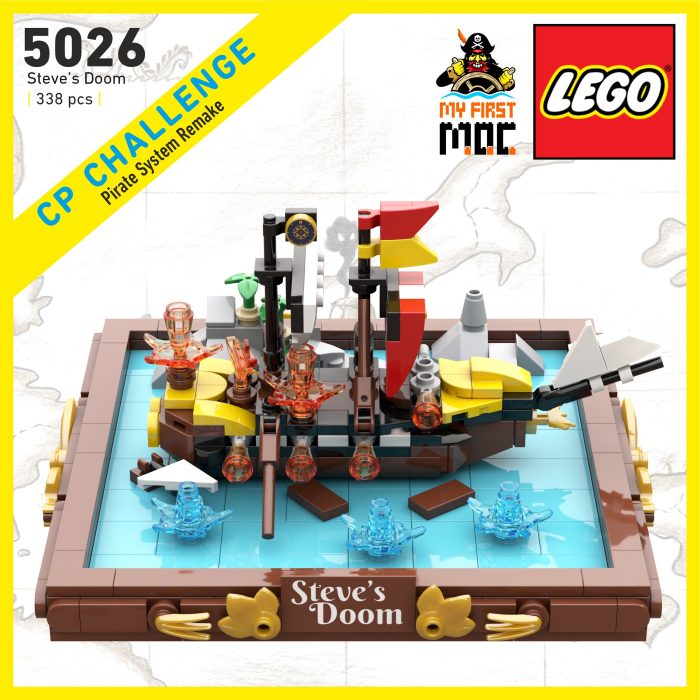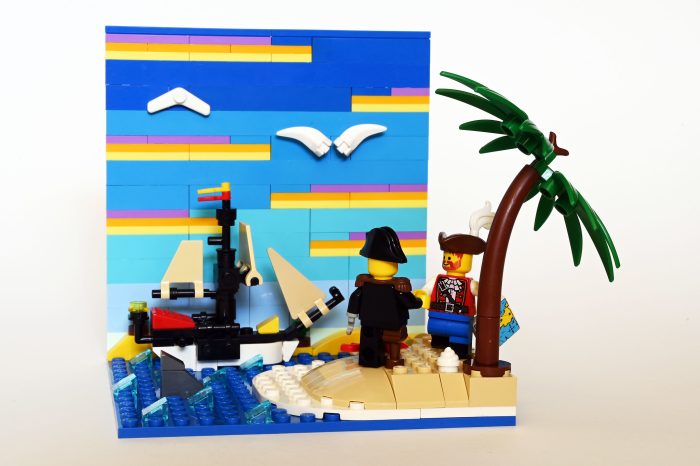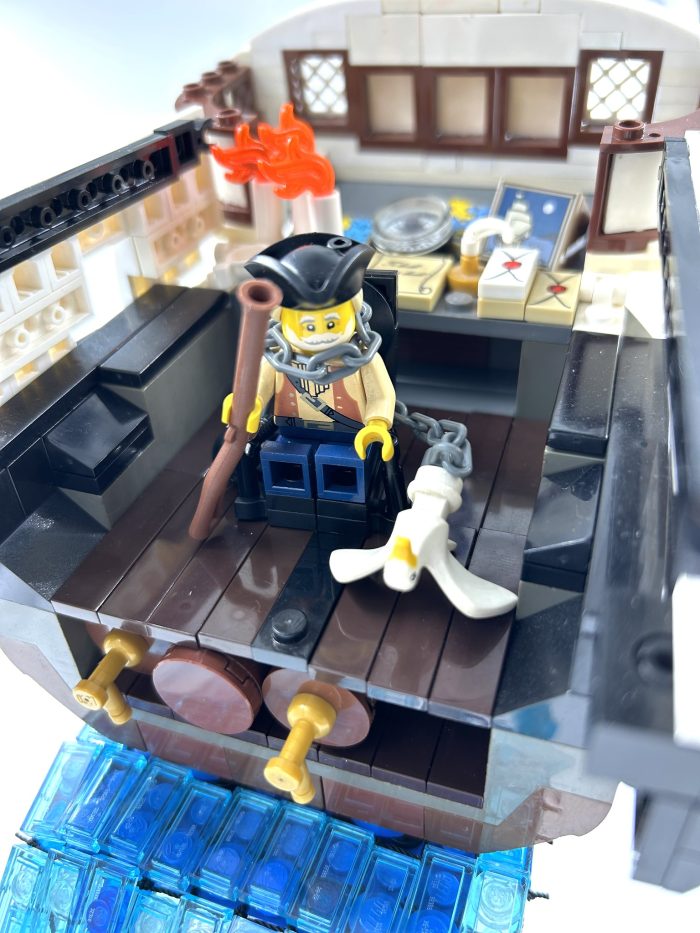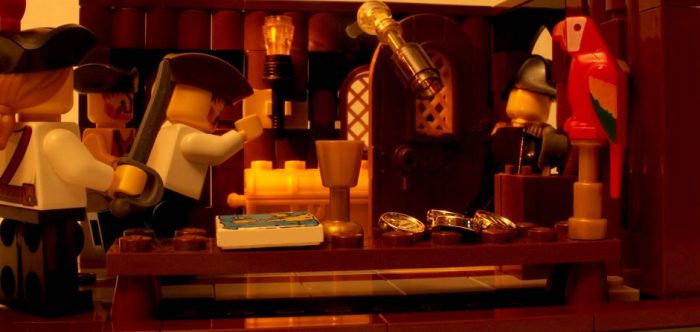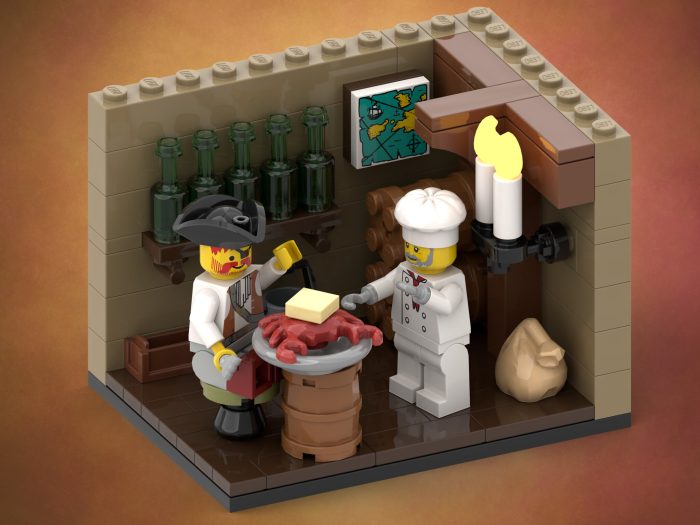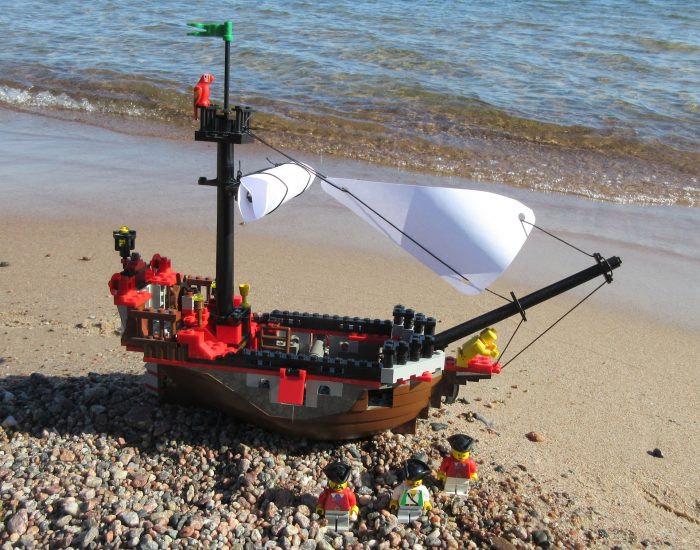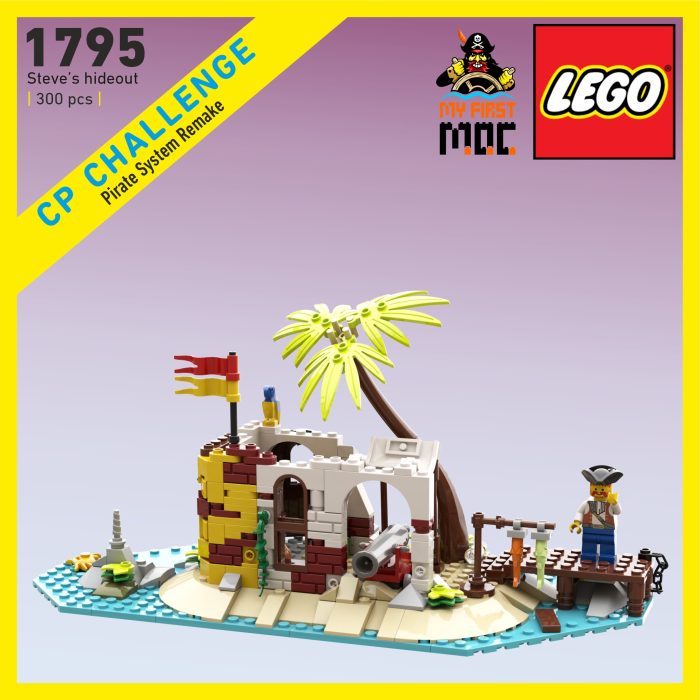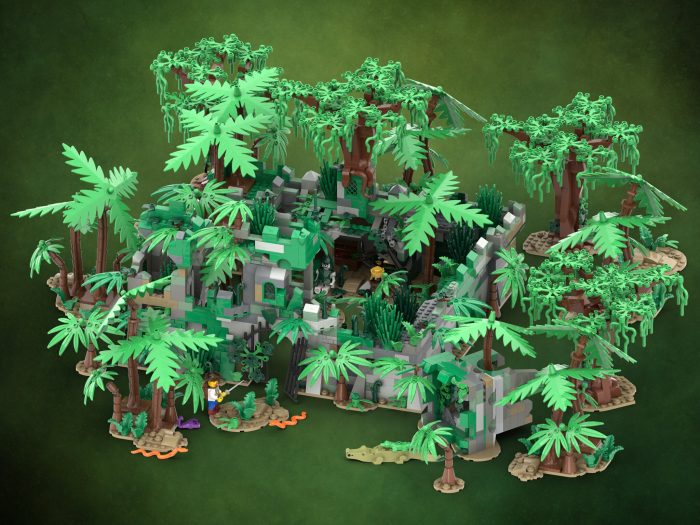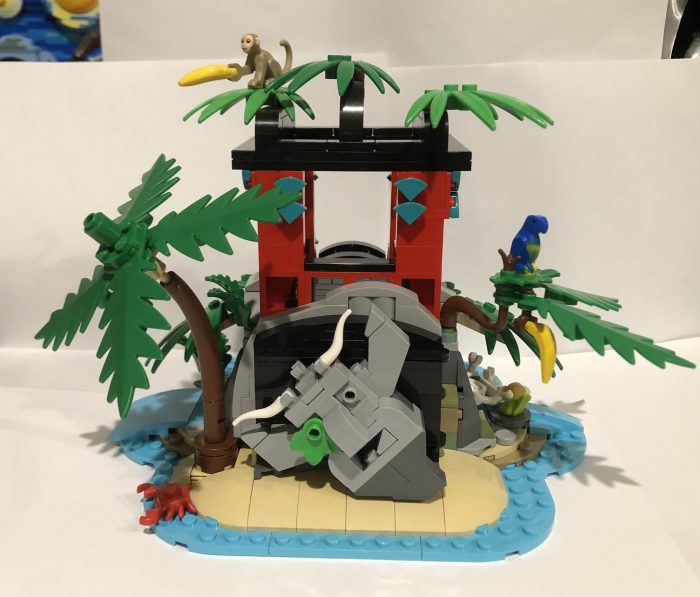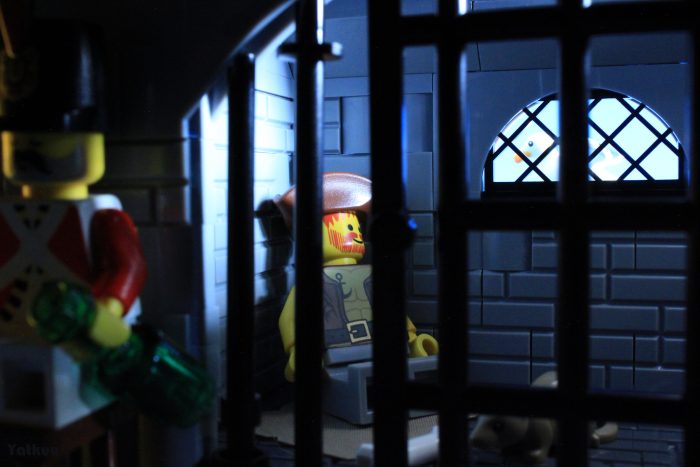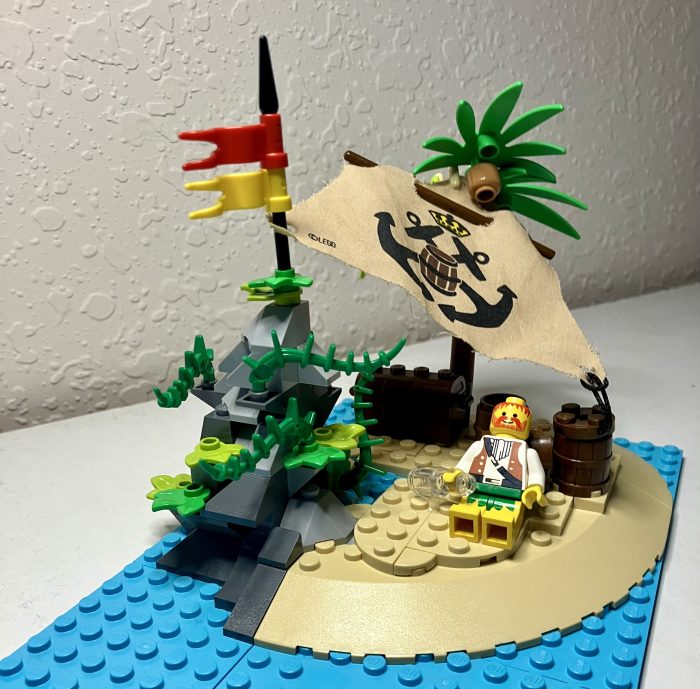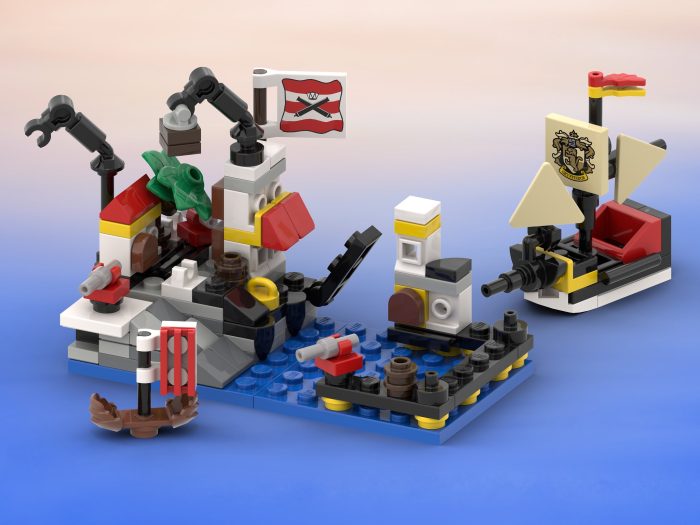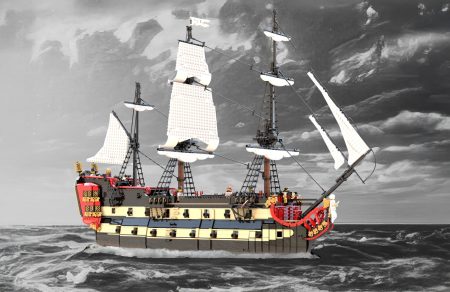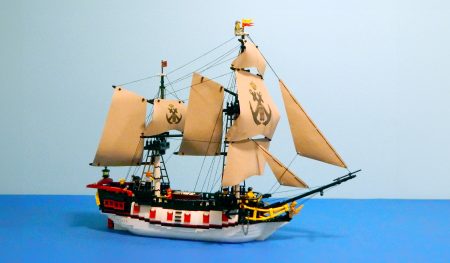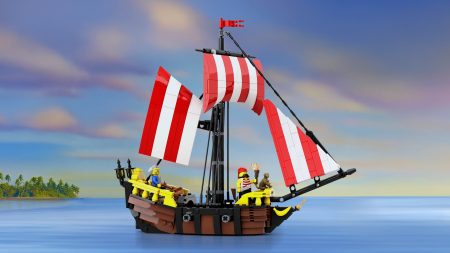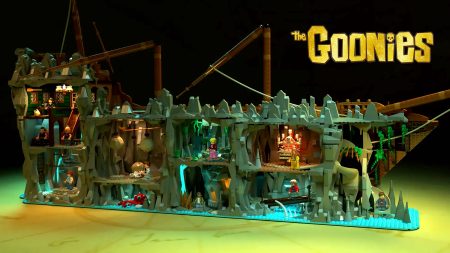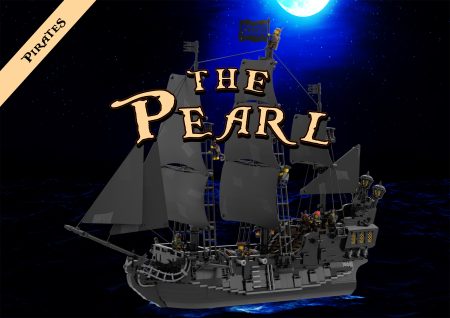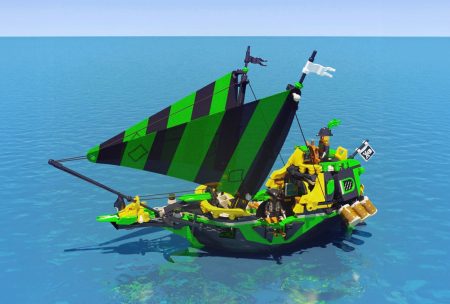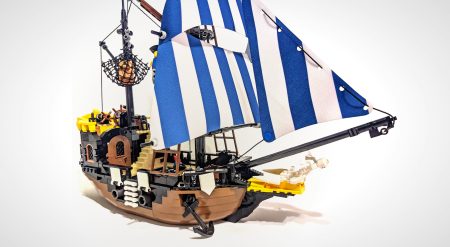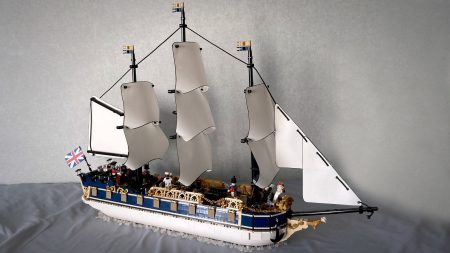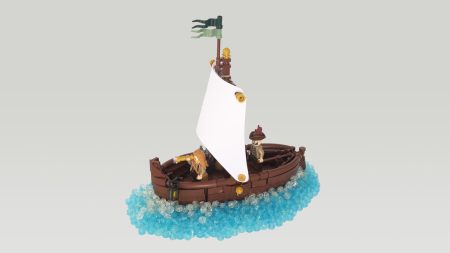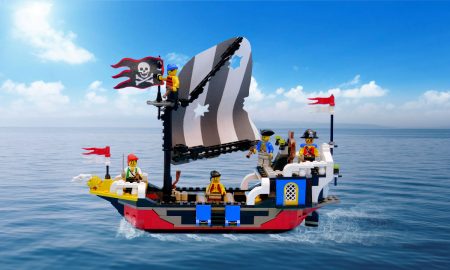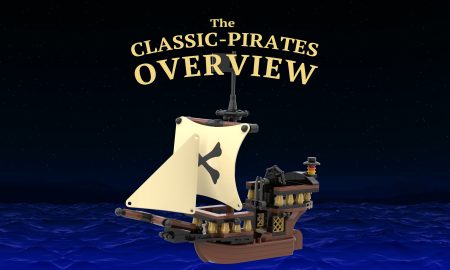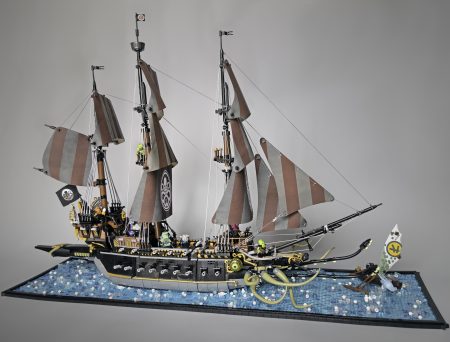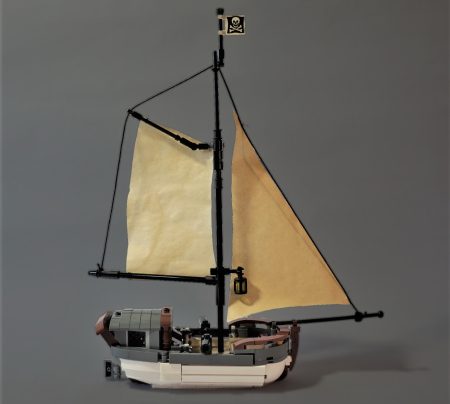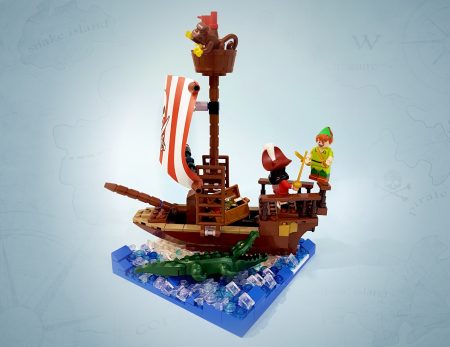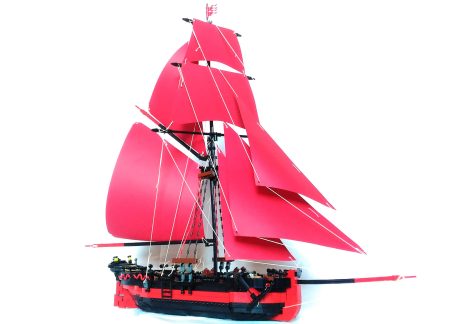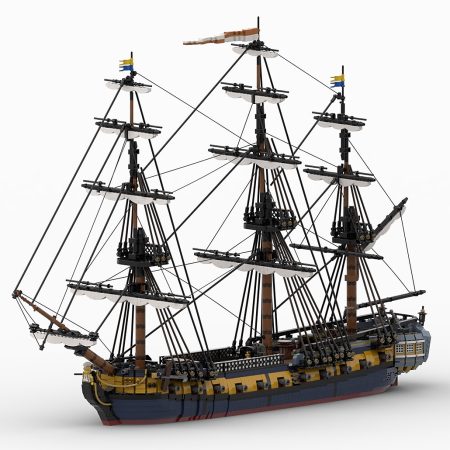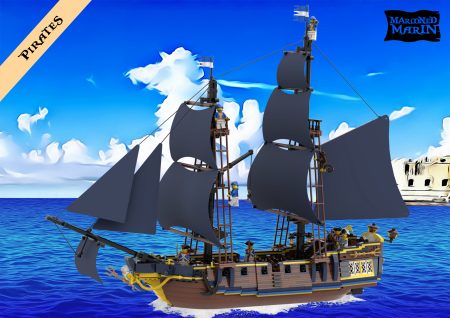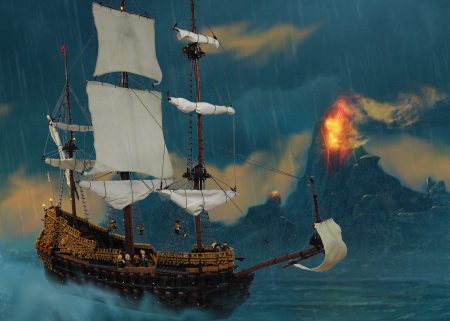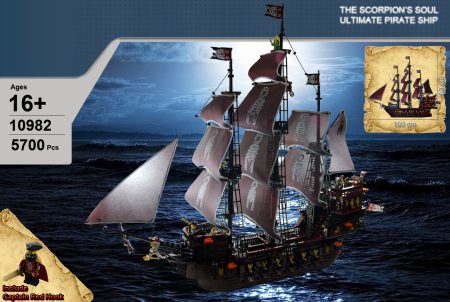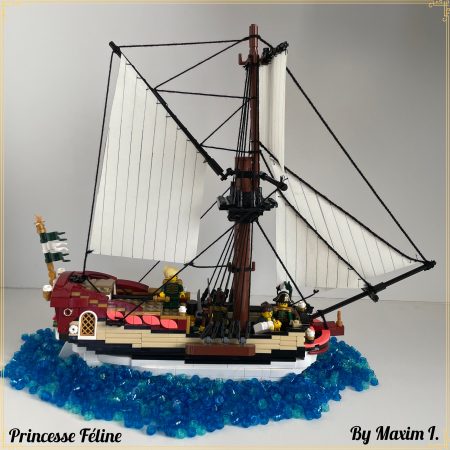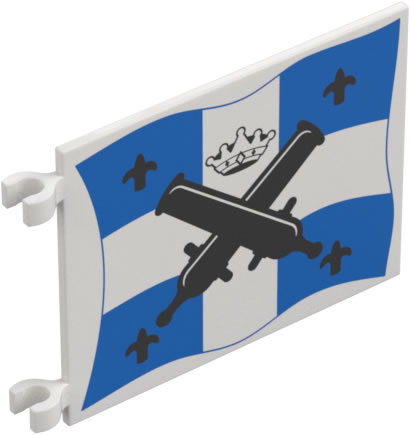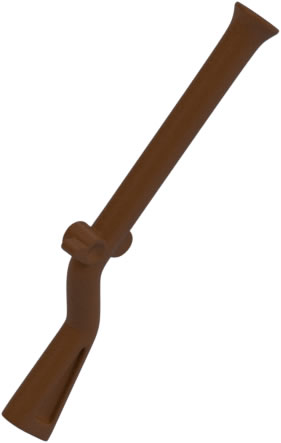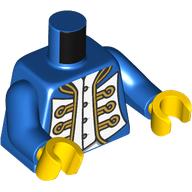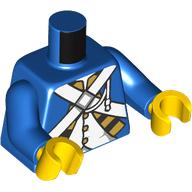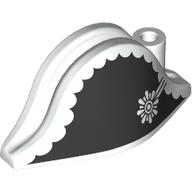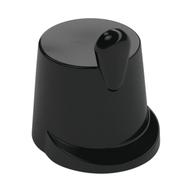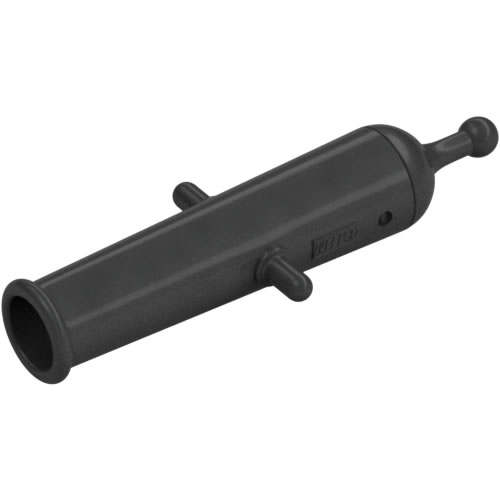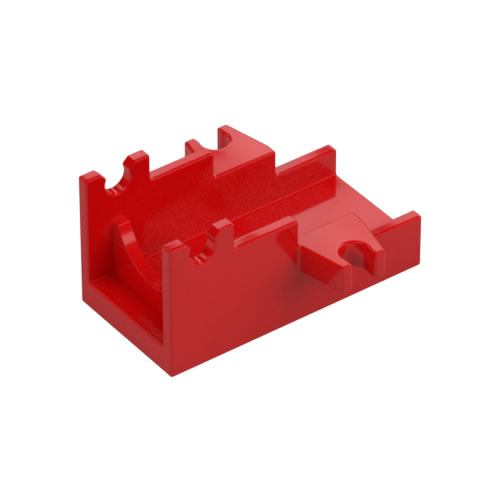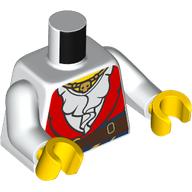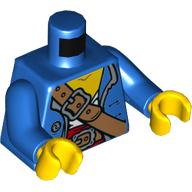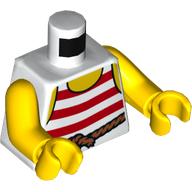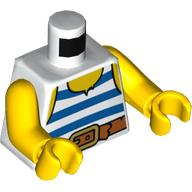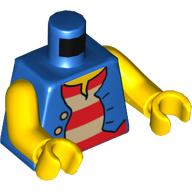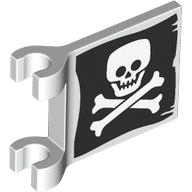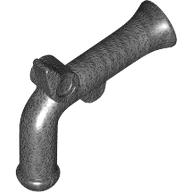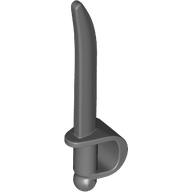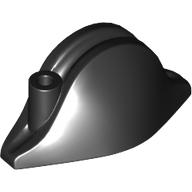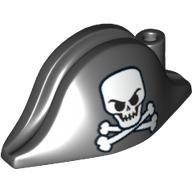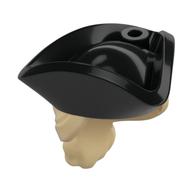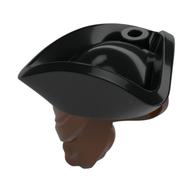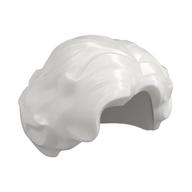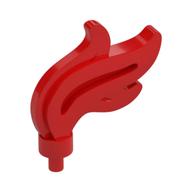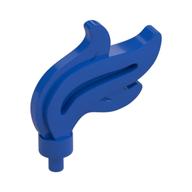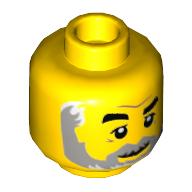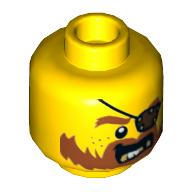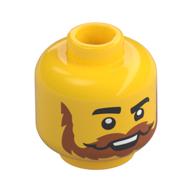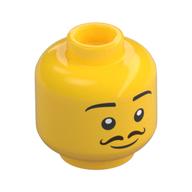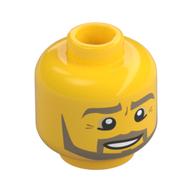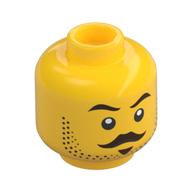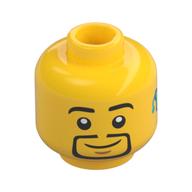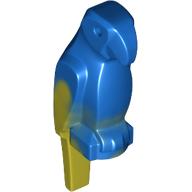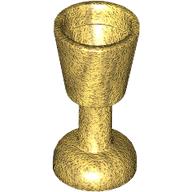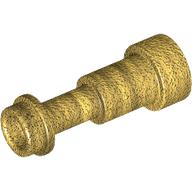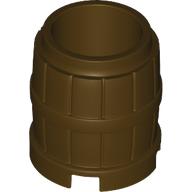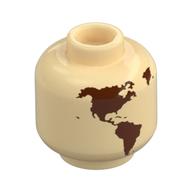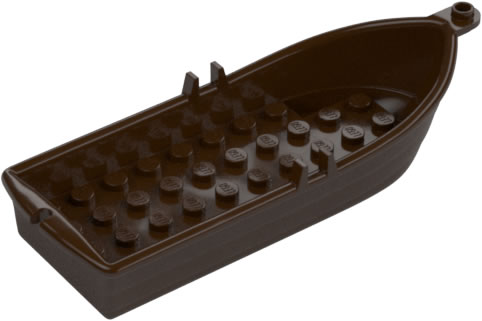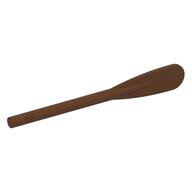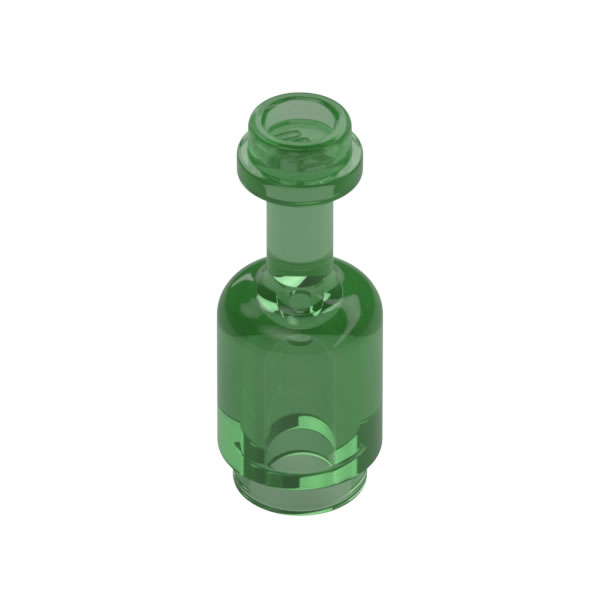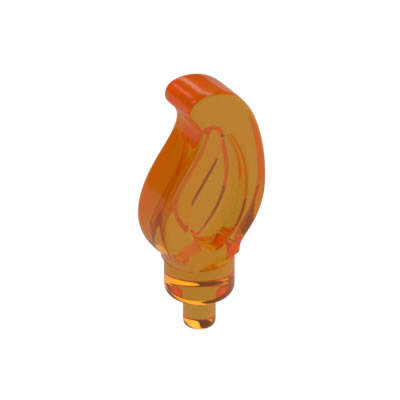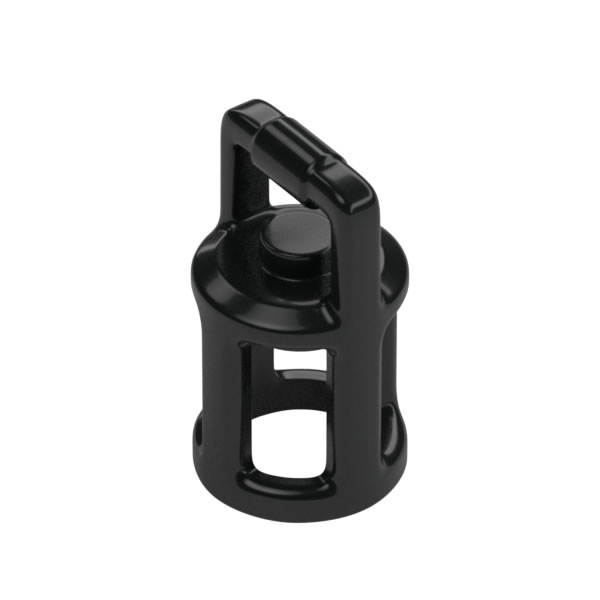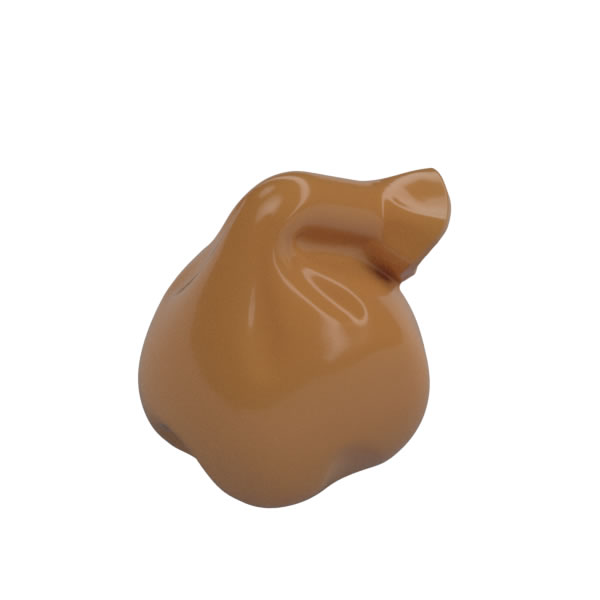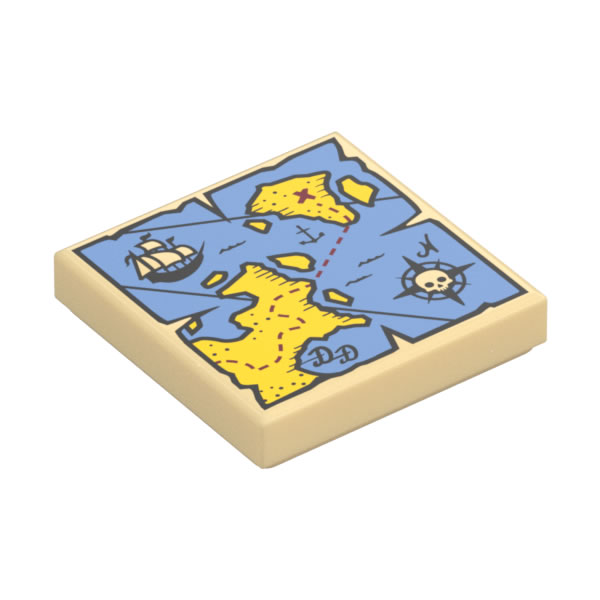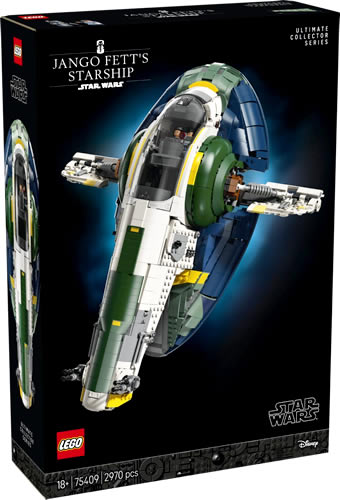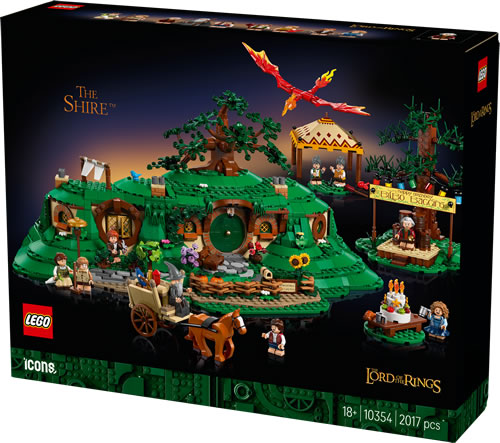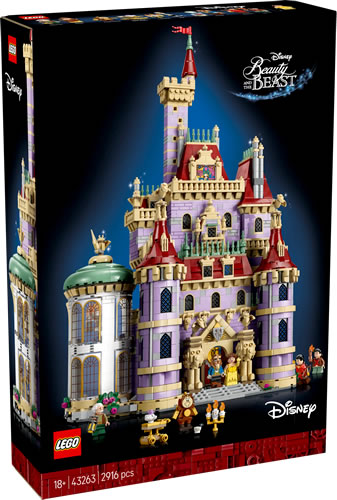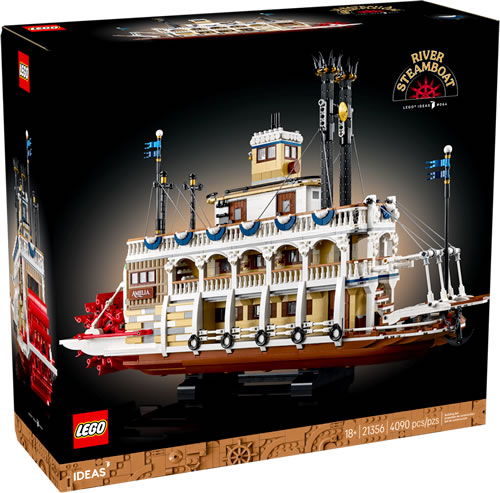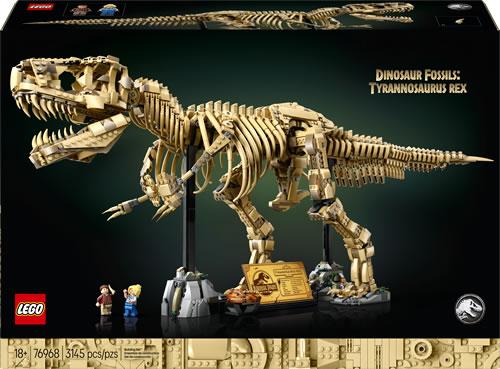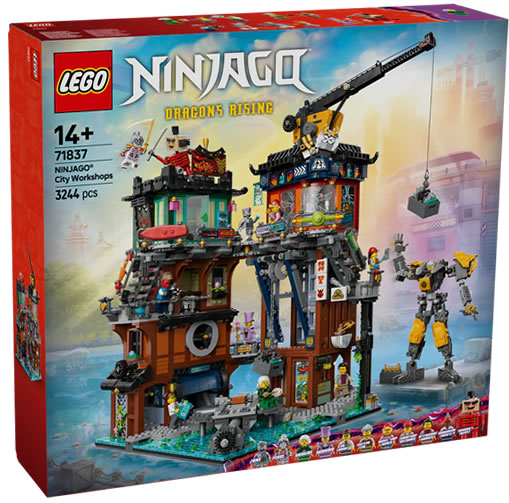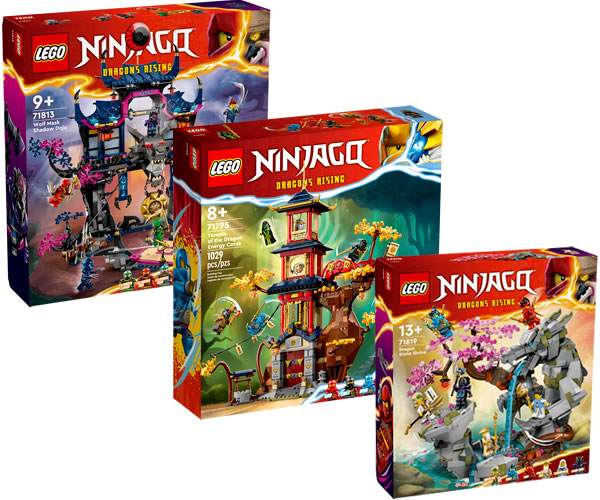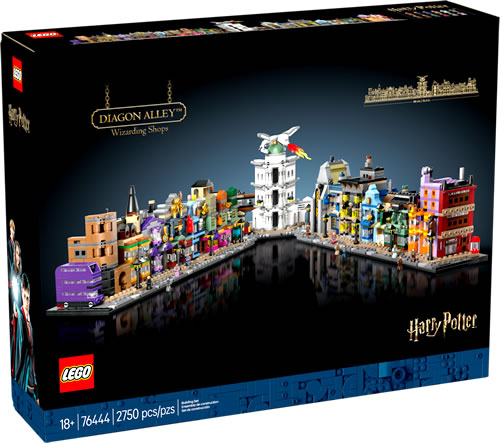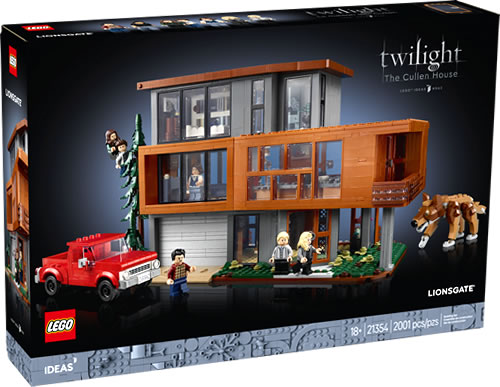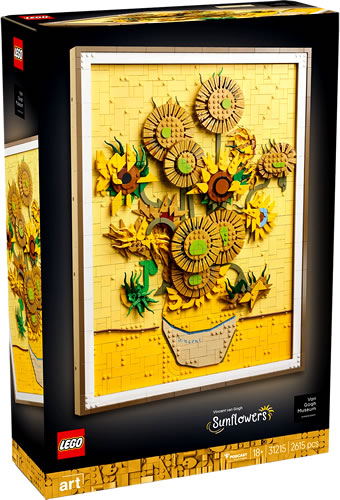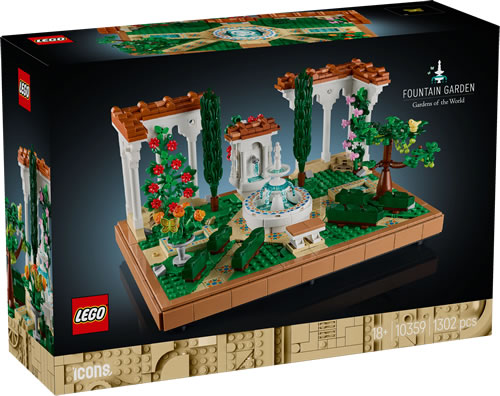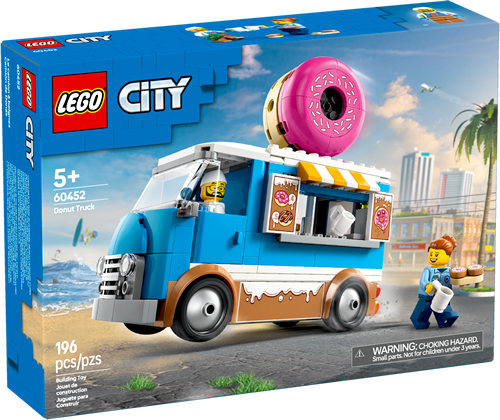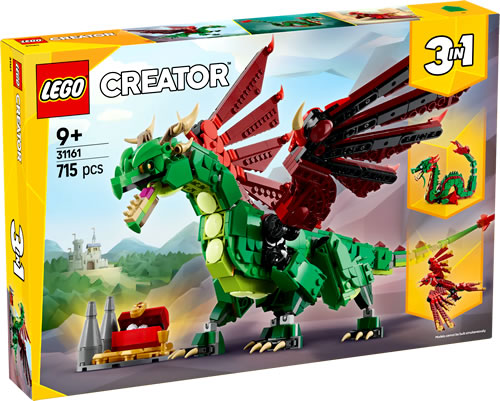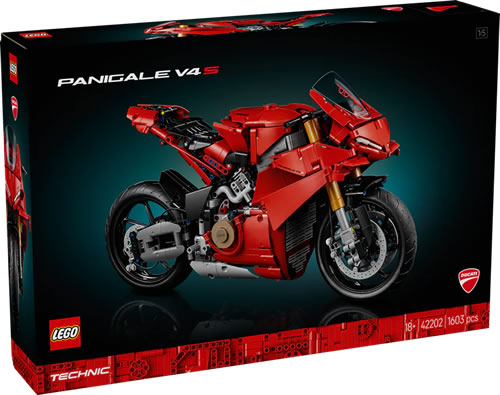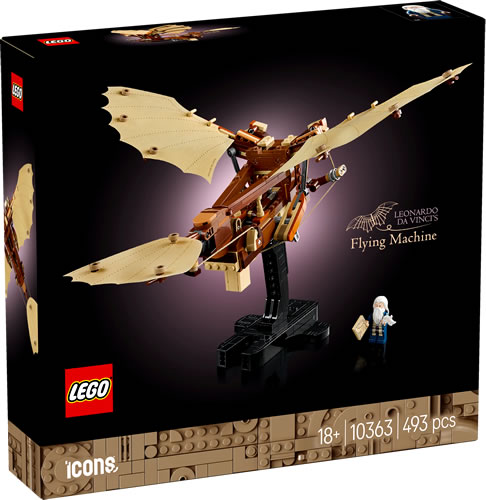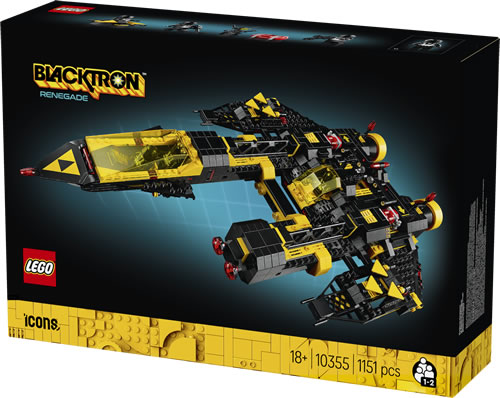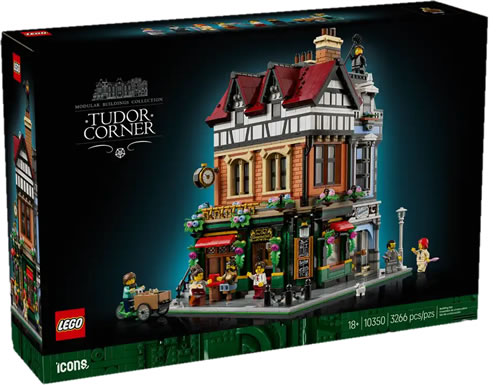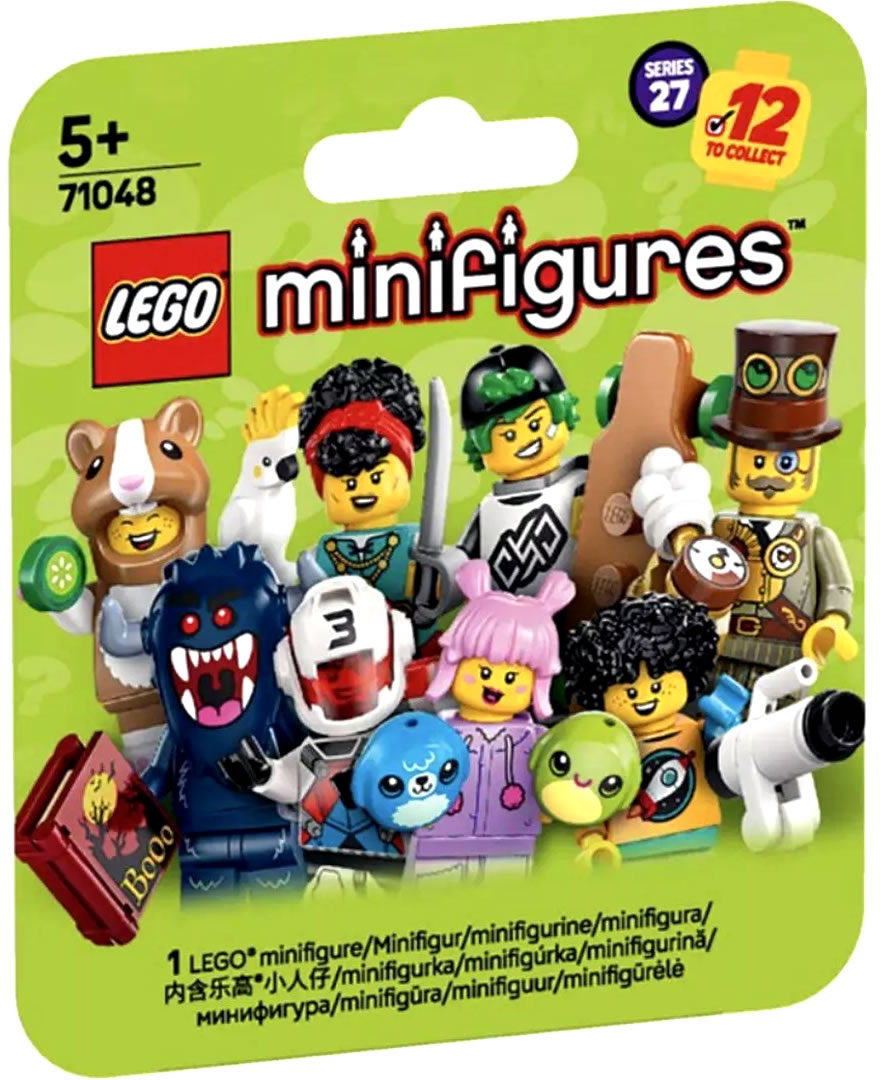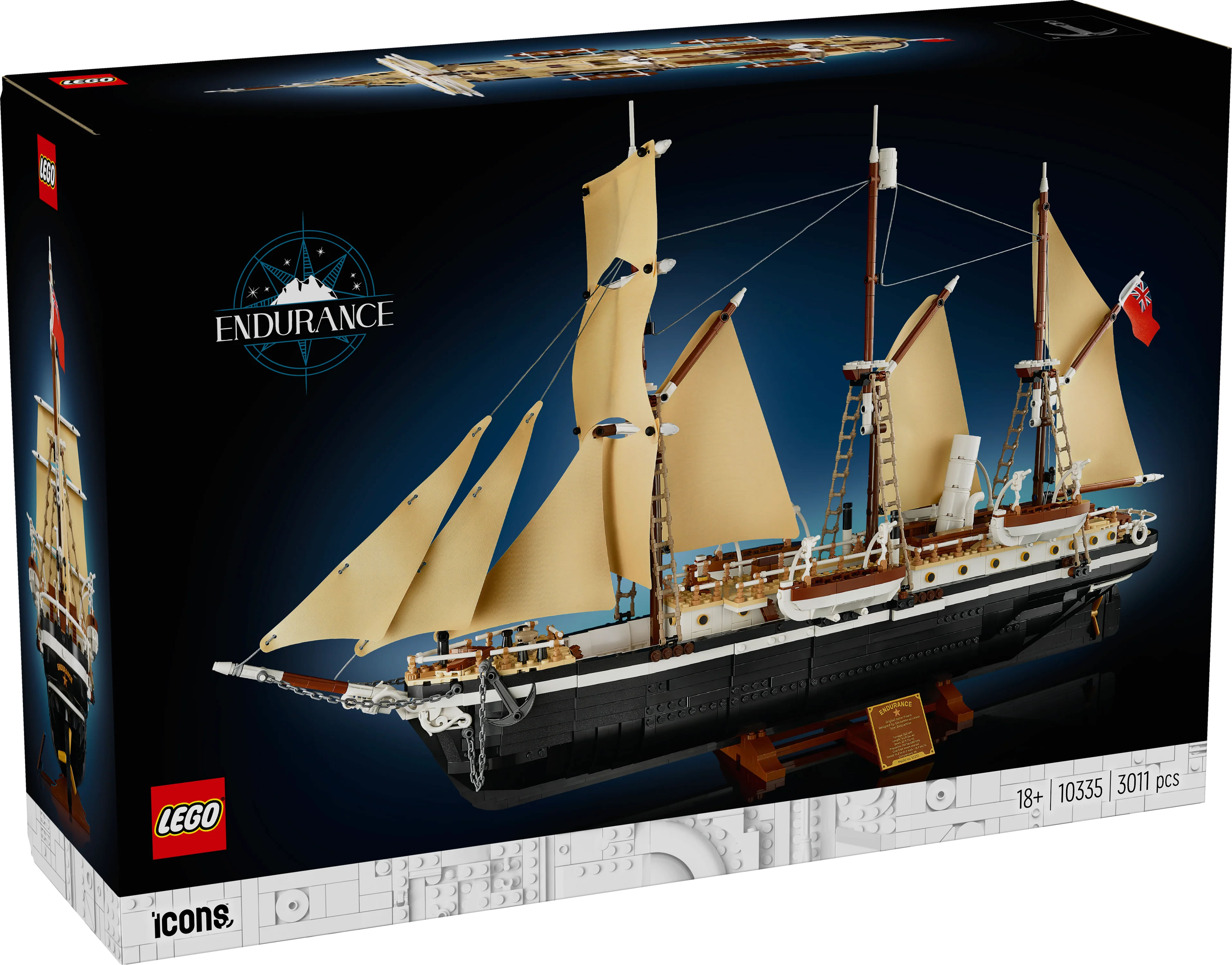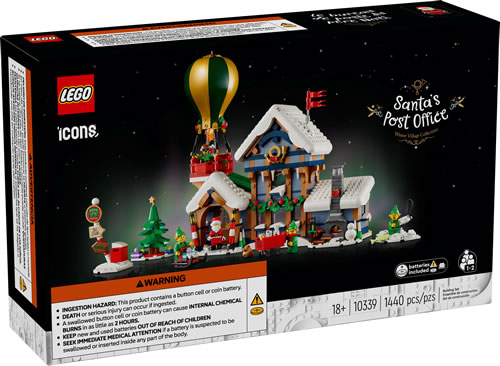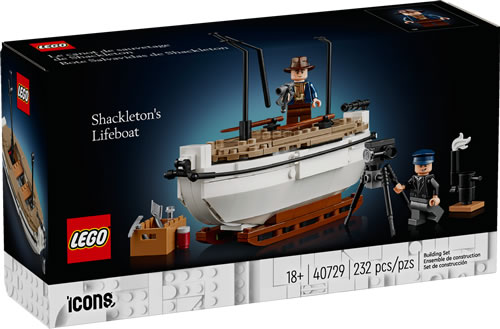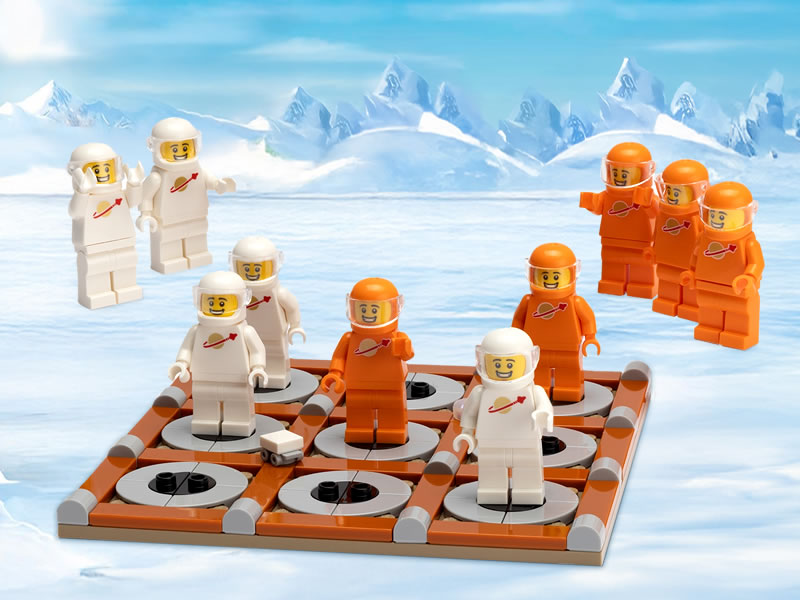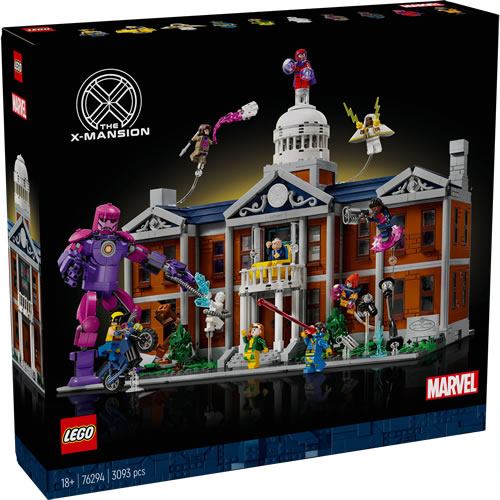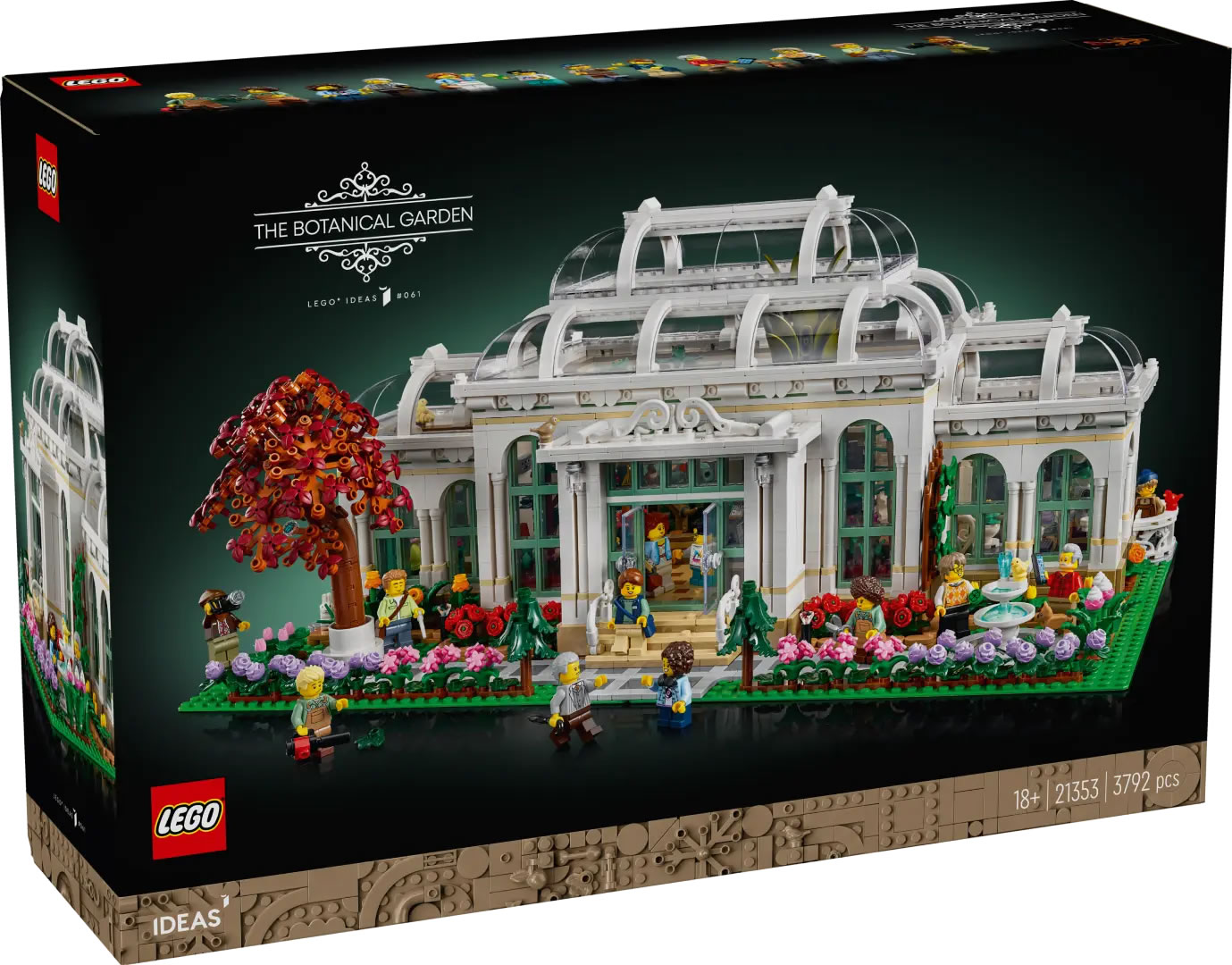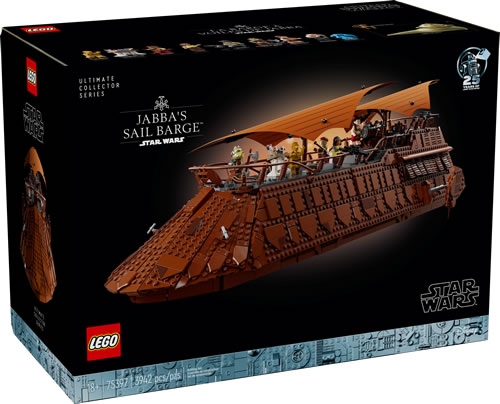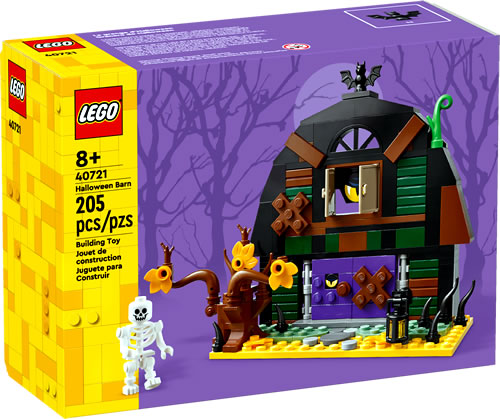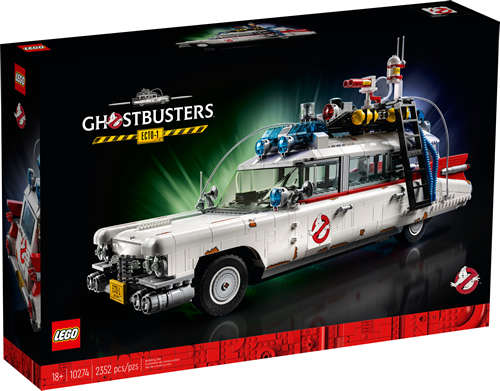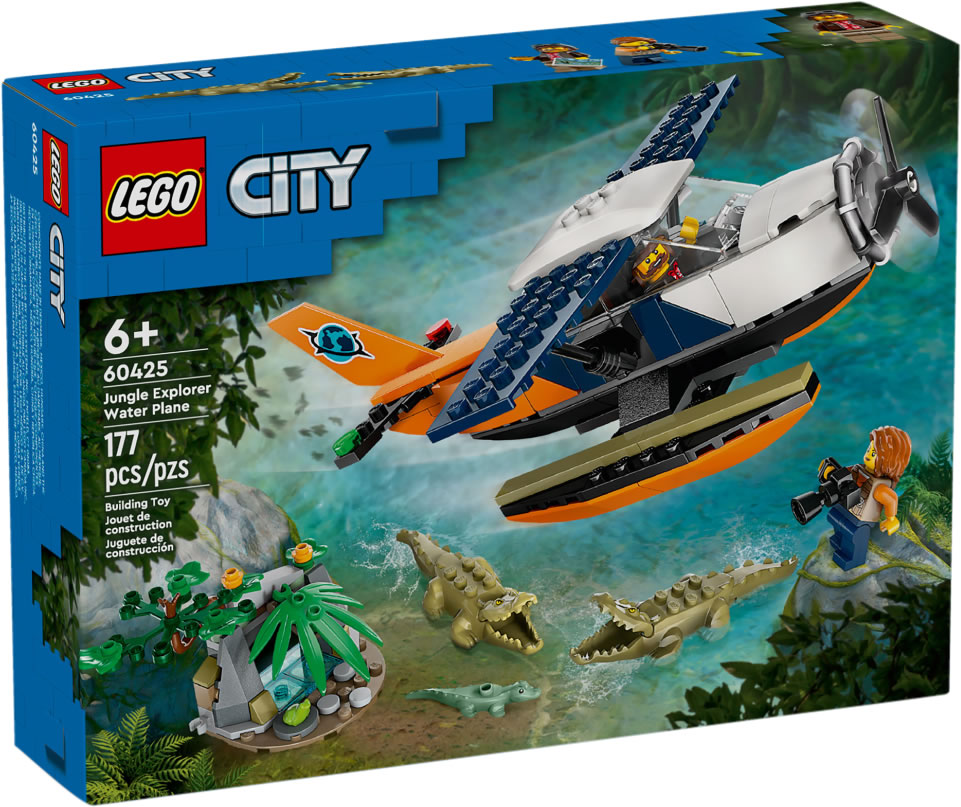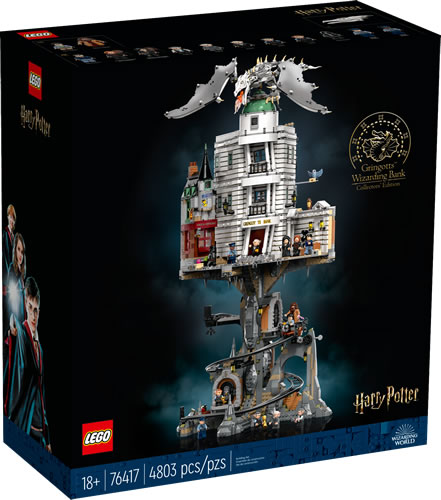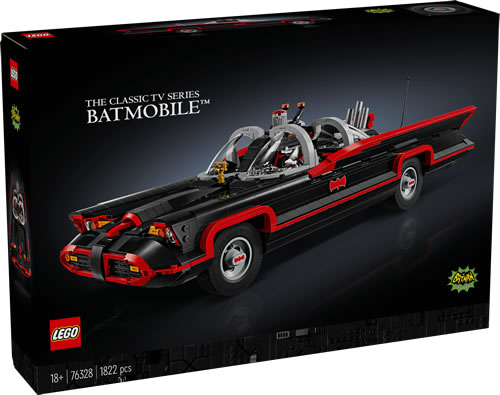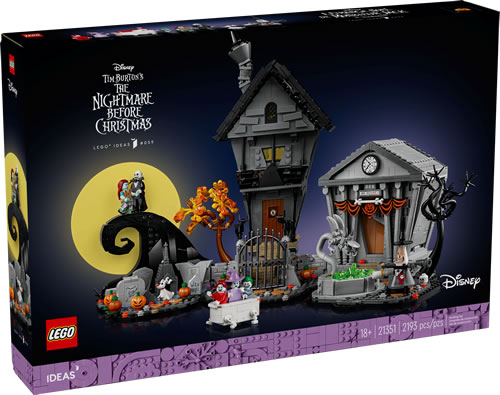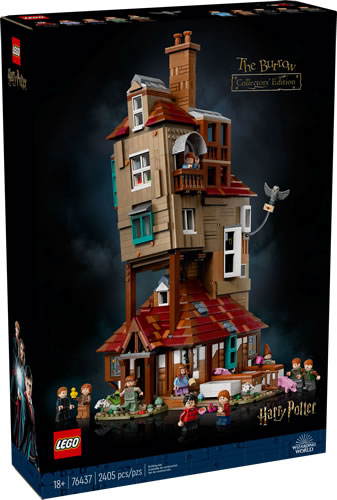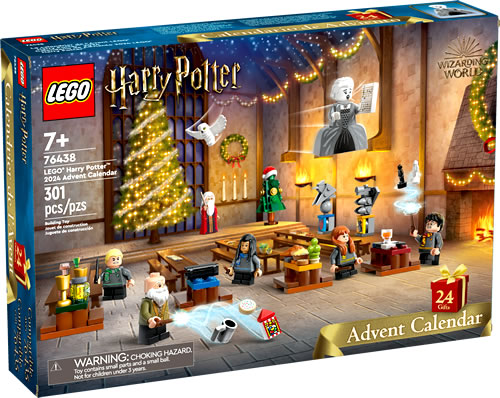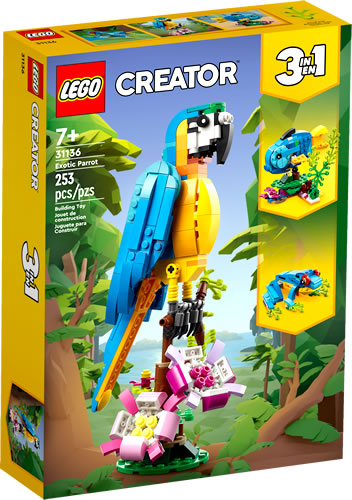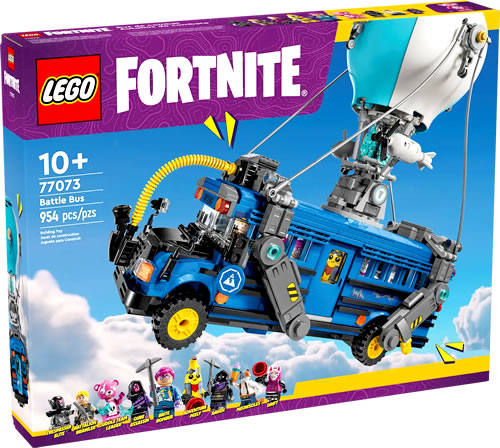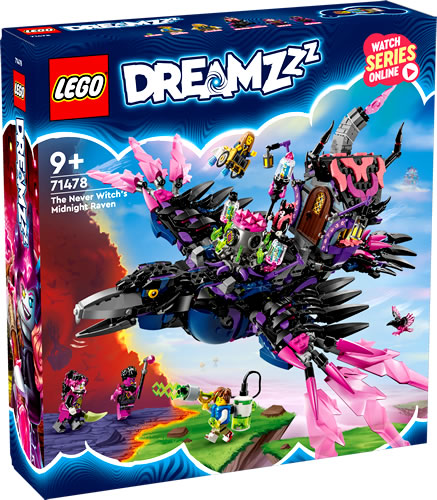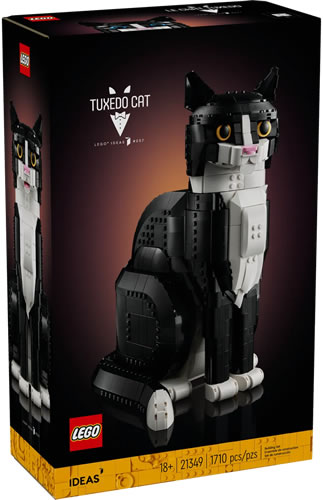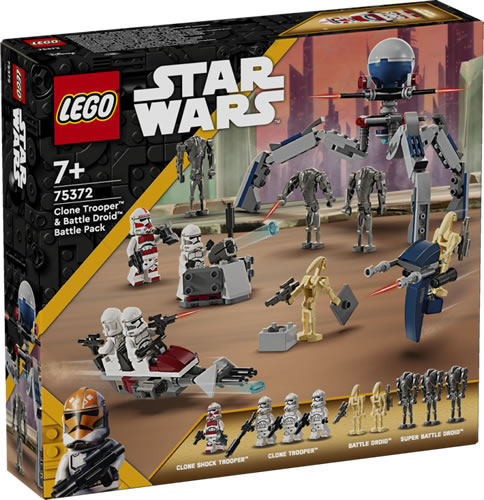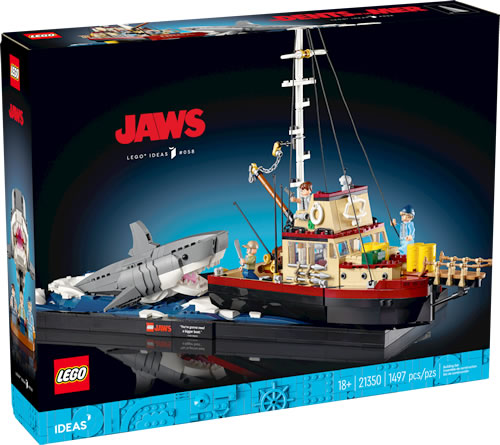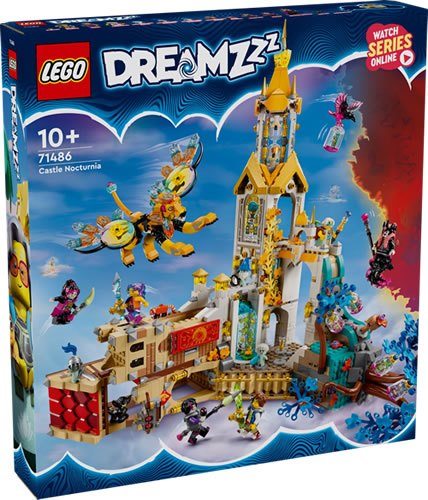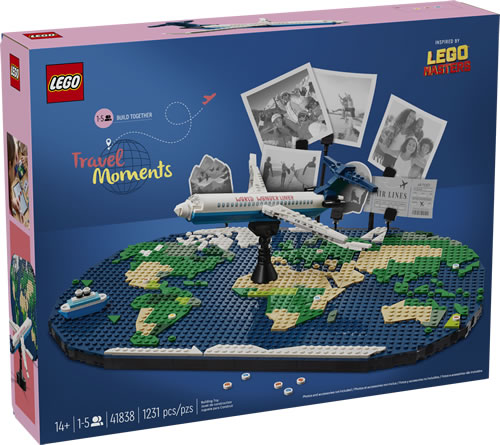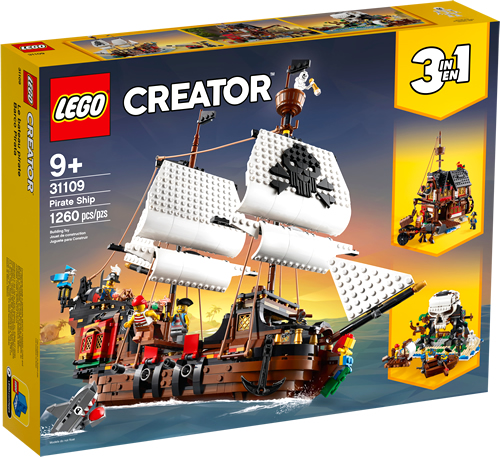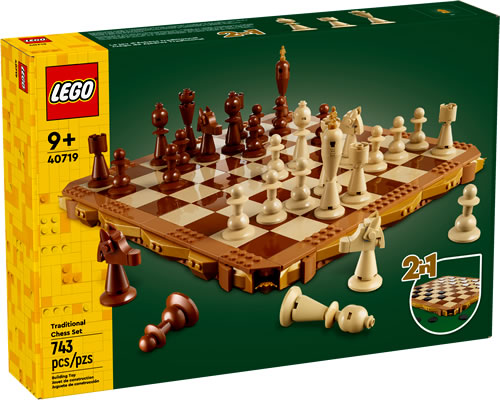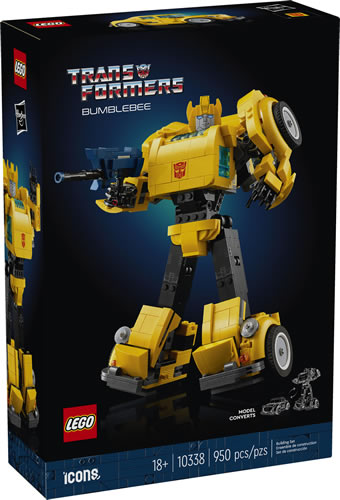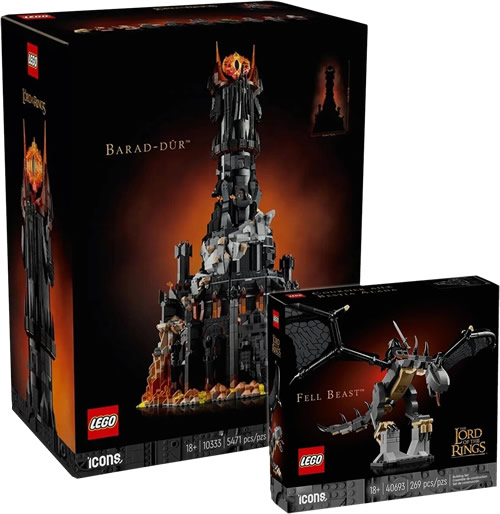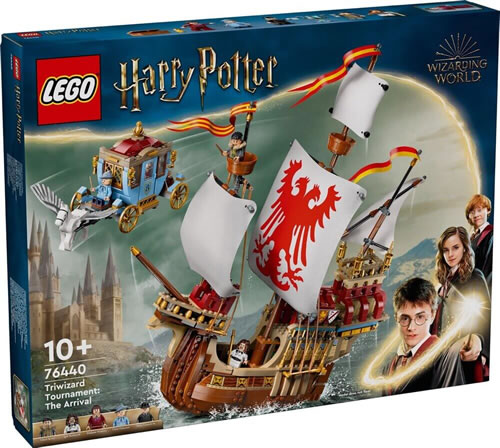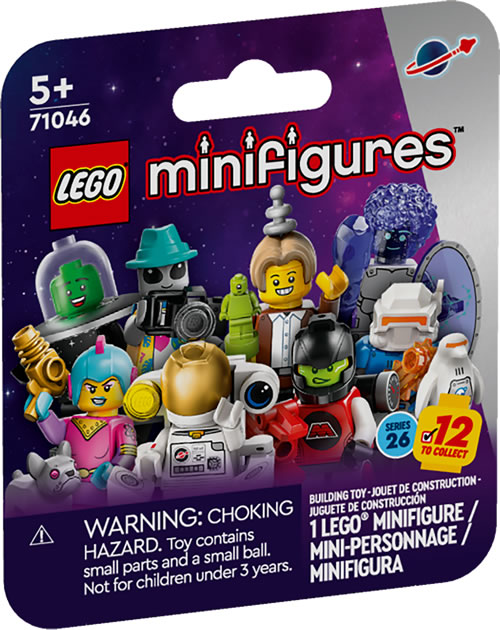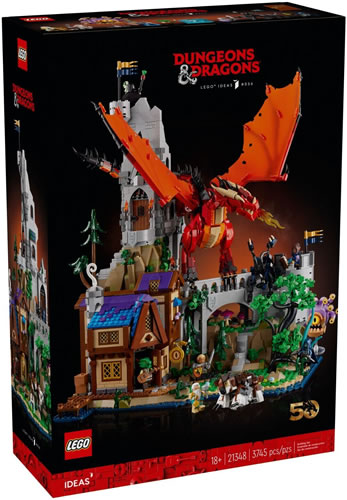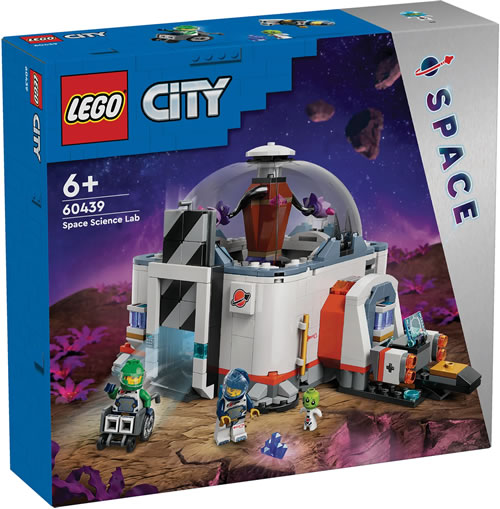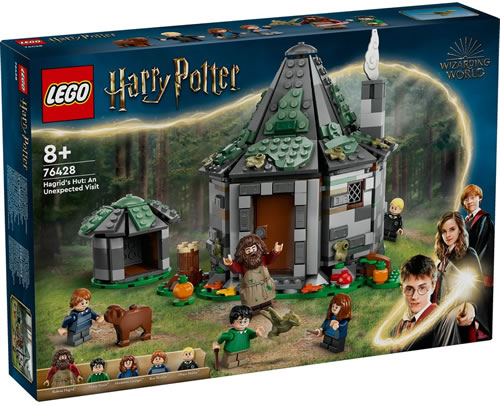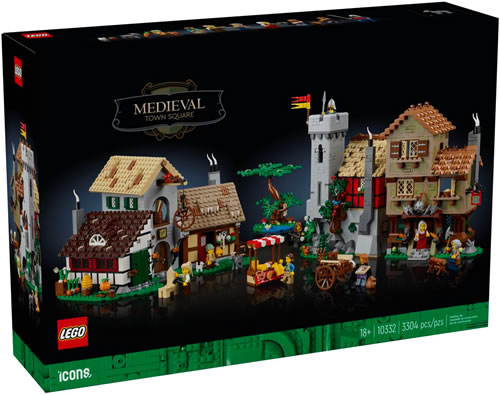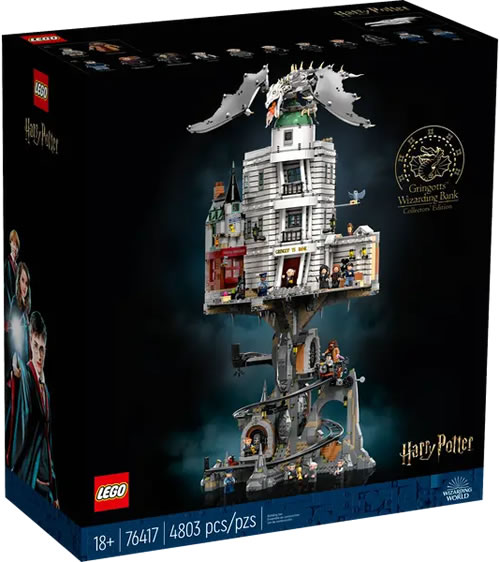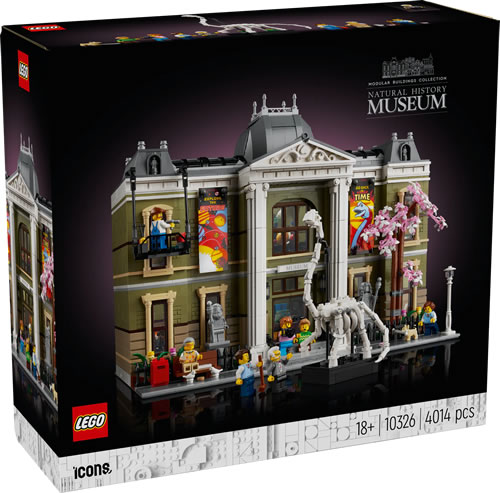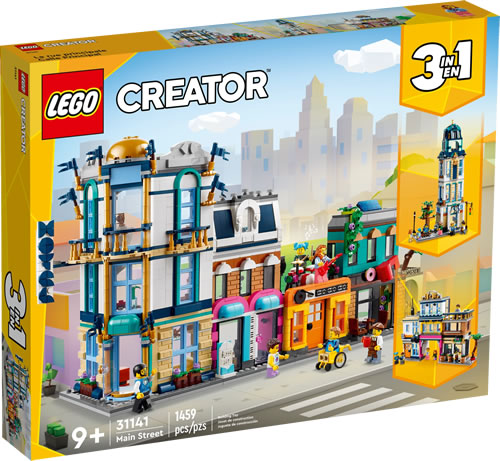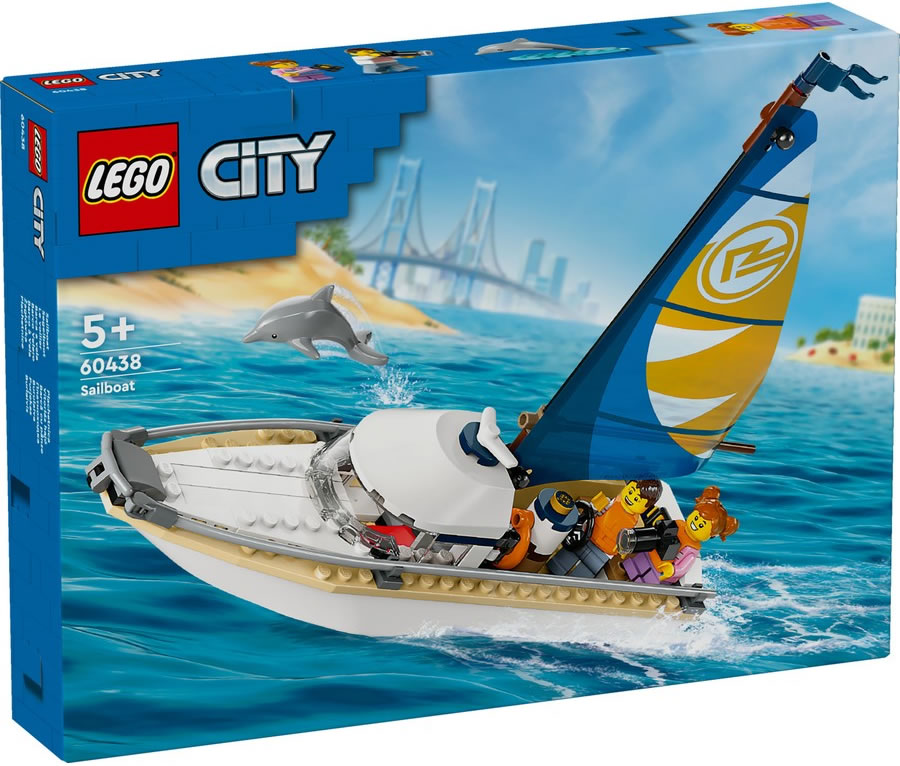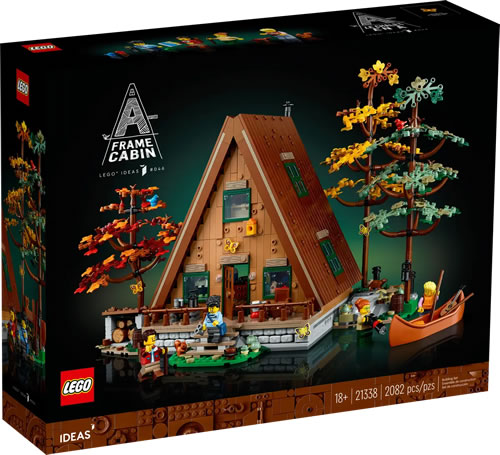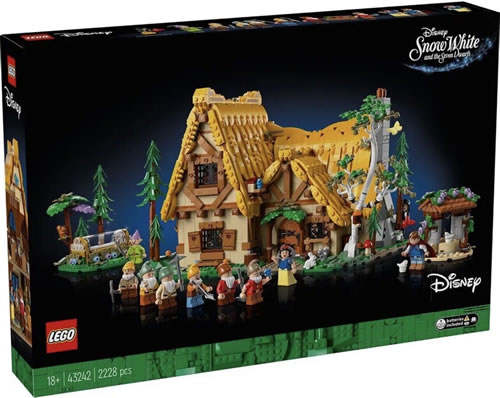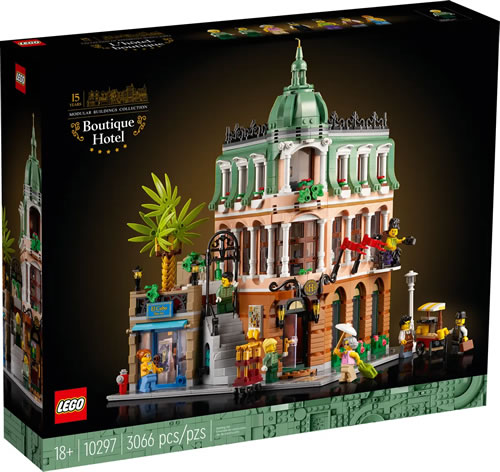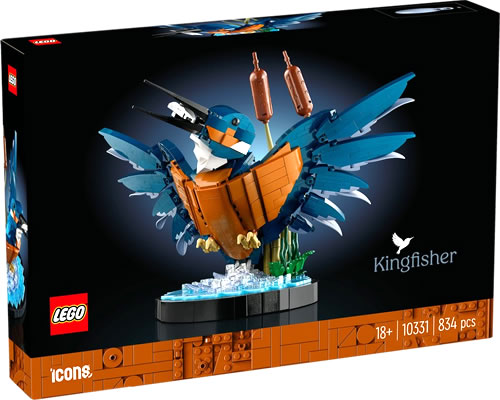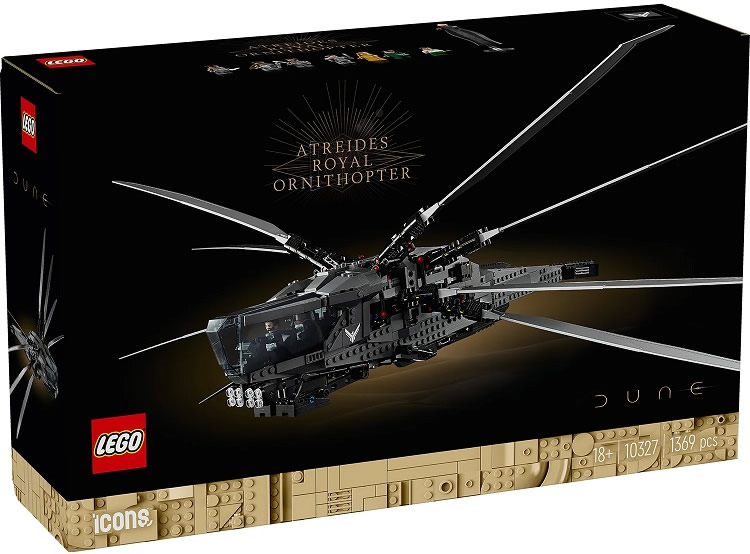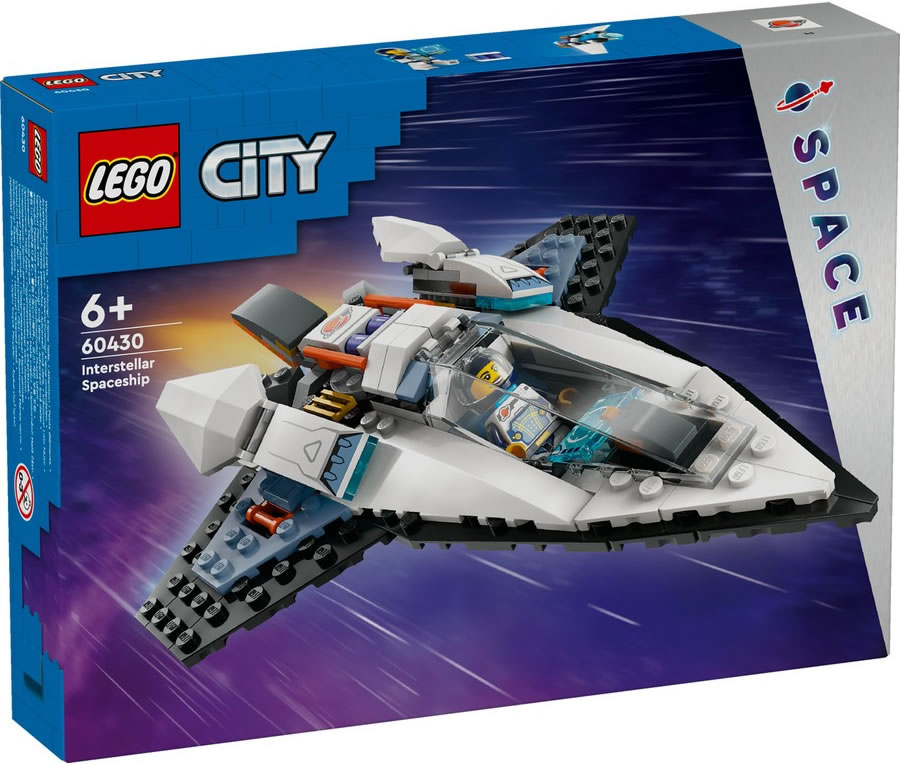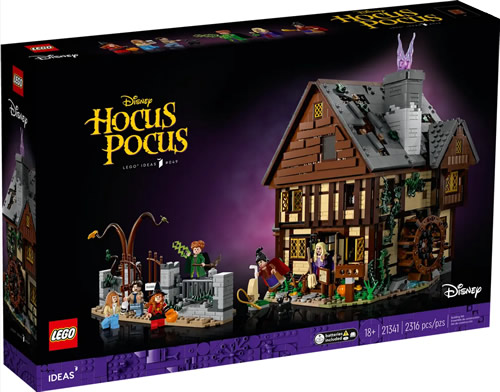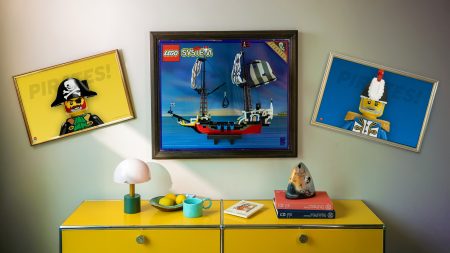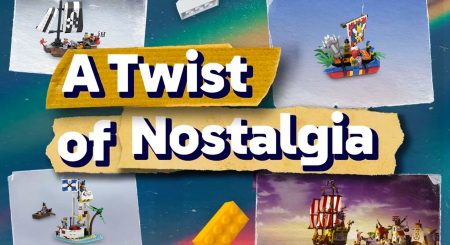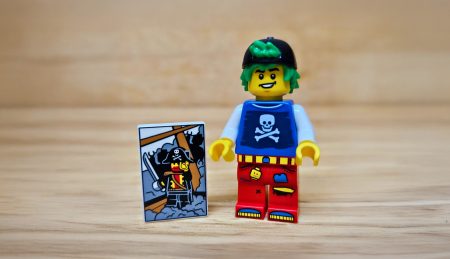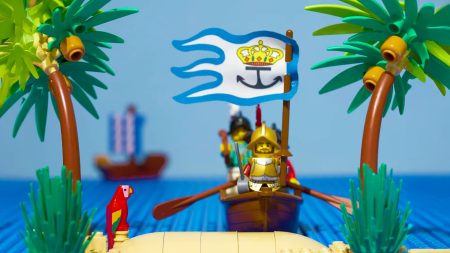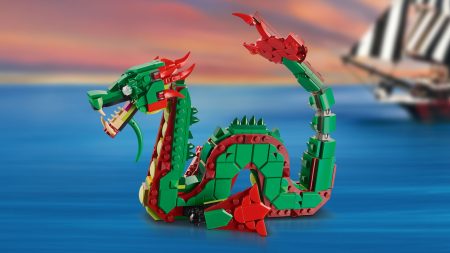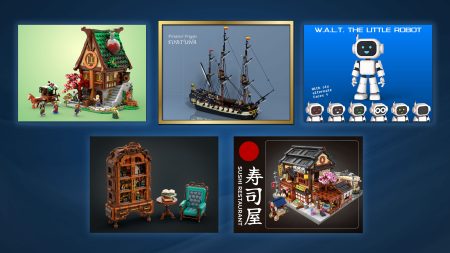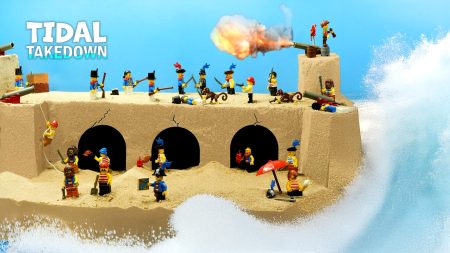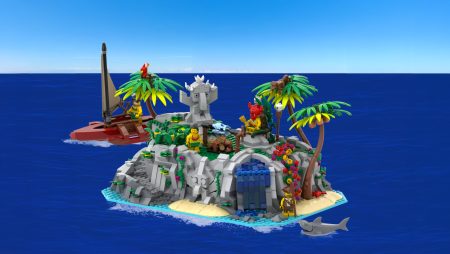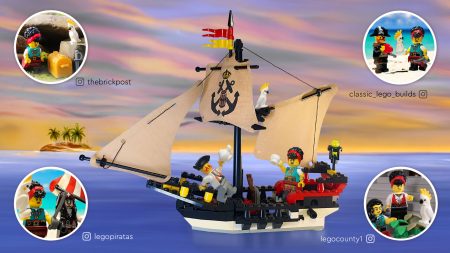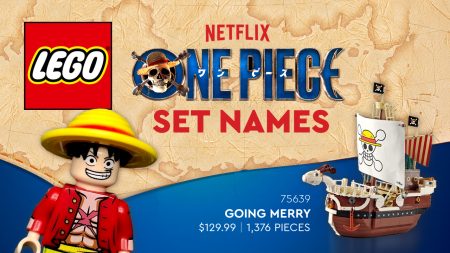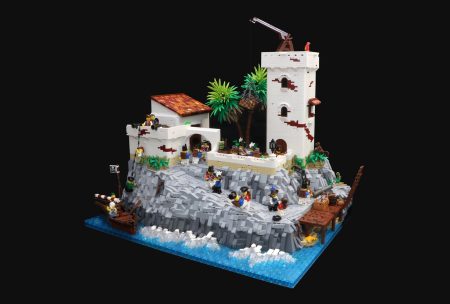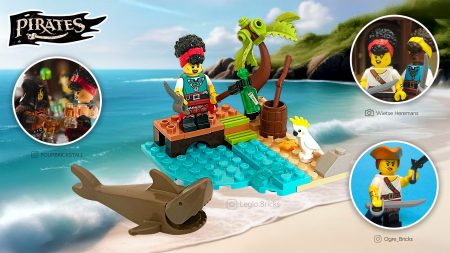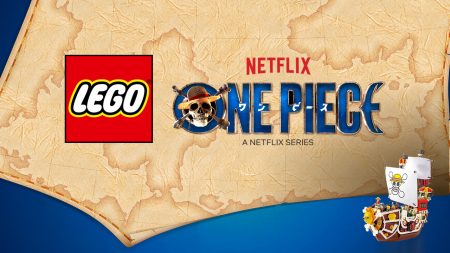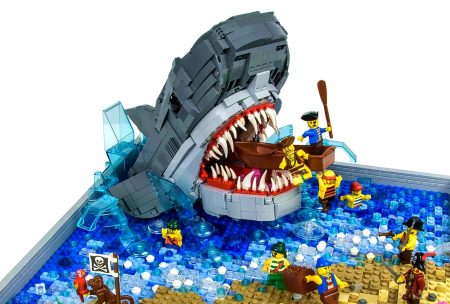Even though LEGO Ideas still restricts submissions of any Pirate-ship concept, dedicated pirate smugglers builders are always skilful in finding a loophole in any oppressive system, LEGO Ideas included. For the time being, here in 2022, that loophole for sailing ships is the ‘History’ category.
Hailing from the Isle of Man, a Eurobricks veteran and accomplished builder, Greg3 shares his LEGO Product Idea submission of “The Yacht Peggy”, the oldest surviving schooner and one of the best preserved examples non-military 18th century craft.

The sails made of plates are a bit heavy to be waved around during the light play. Luckily, they can be easily removed and added back
Greg3 writes:
I’ve always been interested in local history, especially that relating to the sea, so building a LEGO version of the Peggy seemed a great idea! I based the build on her post 1802 appearance with a brick built hull (which took some experimenting with but it’s pretty sturdy… it’s even quite swooshable!).
I went for a minifig scale and included a crew, removable guns and cargo. Being minifig scale means it can also be “played with” and used as part of a larger display or layout. Despite being from a later period, I think she’d look good as part of a pirate layout or any harbour/port scene up to the modern day.
The term “Minifig Illusion Scale” is used to describe an approximation of a life-size vessel scaled to relative to the height of a LEGO minifigure. This conversion, however, presents a challenge for builders since minifigures are not proportional representations of the average human. In other words, minifigs are too short and too wide – the front of their torso is a mere 2D representation of a 3D body!
Imagine you enlarge your Captain Redbeard minifigure to match your height, say around 182cm (6 feet). Now stand next to him and compared yourselves. side by side. The girth of his waist would be ridiculously out of proportion compared to yours. Savvy?
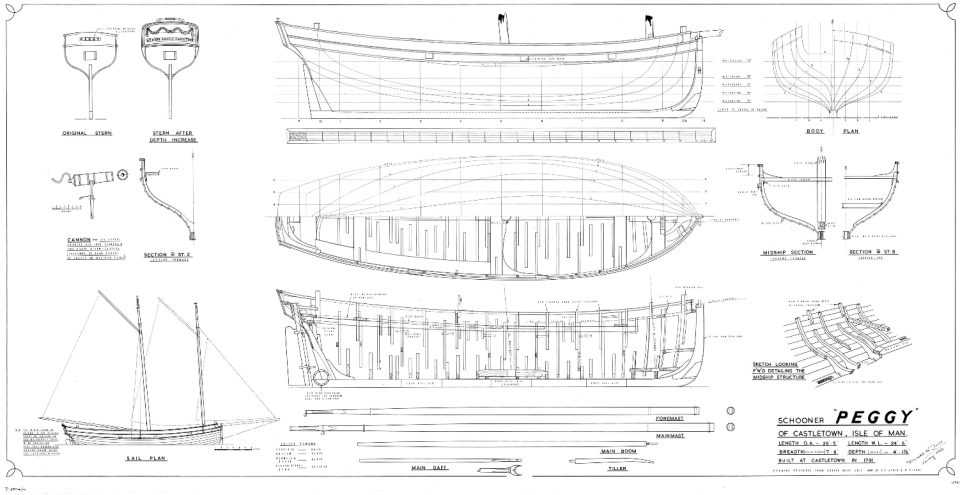
To achieve the build in minifig scale, Greg3 used available blueprint of the real Peggy and aimed to match 1 stud for every foot. The real life vessel is 27ft long
When builders aim for accurate representations at Minifig illusion scale, they must accept sacrifices in length or width, or sometimes both. Fortunately, in terms of shipbuilding, the smaller the real-life vessel, the smaller the sacrifice in conversion to LEGO MOC.
This is useful knowledge to bare, should ye wake one day and feel emboldened to scale down Lord Nelson HMS Victory – you’ll face some hard decisions in achieving the optimum proportions during that endeavour!
What is a Schooner?
A schooner is a type of a sailing vessel defined by its rig: fore-and-aft rigged, and in the case of a two-masted schooner, the foremast generally being shorter than the mainmast.
The name “schooner” first appeared in eastern North America in the early 1700s. The name may be related to a Scots word meaning to skip over water, or to skip stones.
The Tale of Peggy
Built in 1789 for a prominent local businessman and politician, George Quayle, The Peggy was originally fitted with 6 oar-ports and a schooner rigged sail plan. She was also one of the first vessels to be fitted with sliding keels. These three keels could be raised or lowered depending on the conditions to maximise speed and stability.
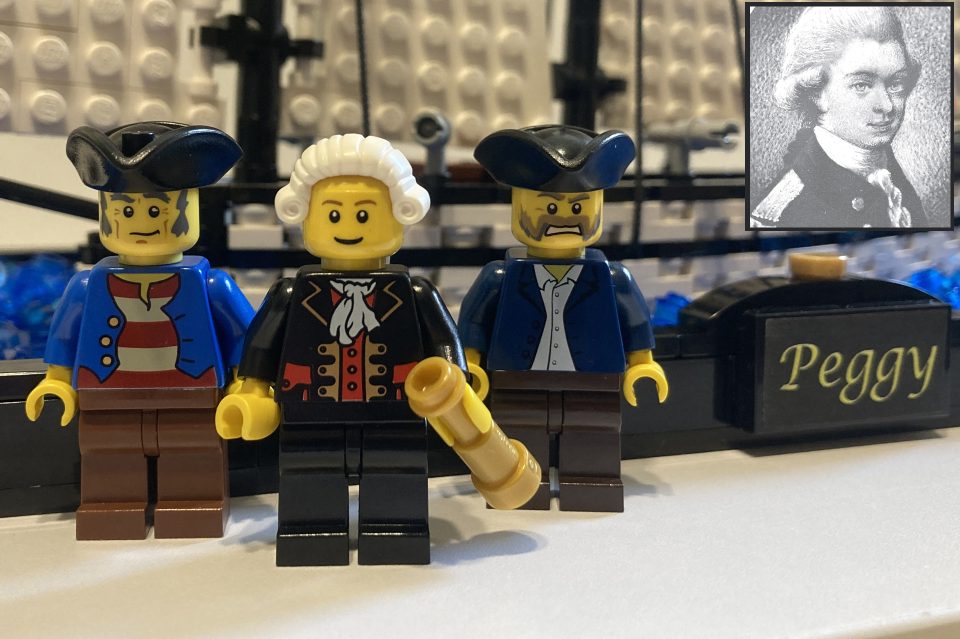
The centre minifigure is a splendid representation of George Quayle based on the portrait in the top-right of the above image
In 1796, Quayle sailed The Peggy over to England and took part in a regatta on Lake Windermere with great success. During an eventful return journey, he survived a storm thanks to Peggy’s sturdy design.
*Swooshable is a term used to describe the robustness of a LEGO MOC, particularly when the builder handles it like a traditional toy and role plays sounds as though the creation was in motion.
In 1802, the Peggy underwent modification; raising the sides, filling in the oar ports and removing the sliding keels. She was transformed into a pure sailing vessel, more seaworthy and greater, yet limited capacity for cargo or passengers. She was also armed with 6 light swivel guns and 2 larger stern chaser cannons.
Some Bluecoats have suggested these changes imply that Quayle was involved in criminal activities, such as smuggling, especially because he had a private dock and a boat house cellar.
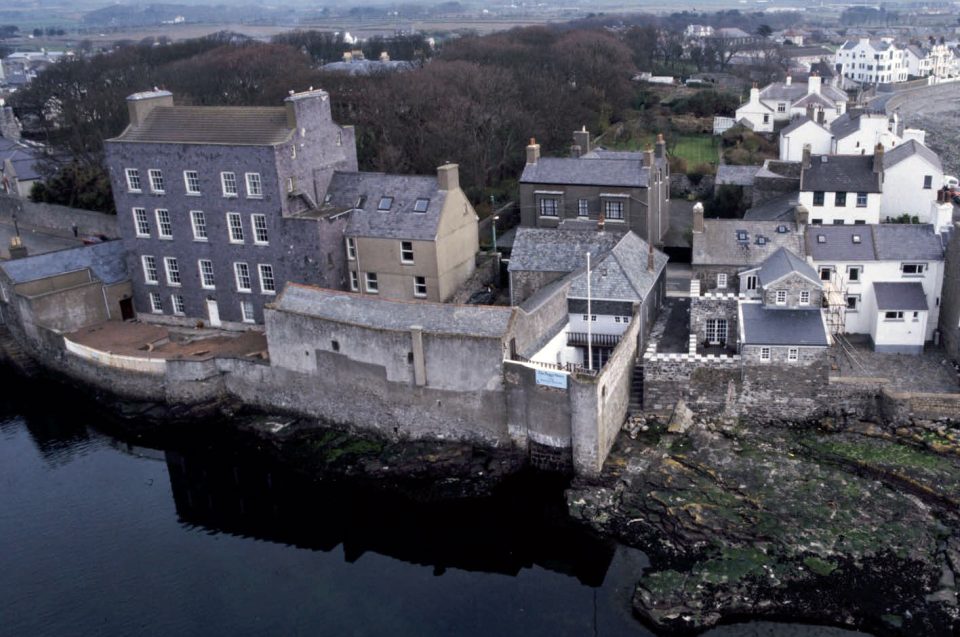
Quayle’s house in Castletown, now the Nautical Museum with a boat house and a cellar where the Peggy was stored
However, others argue that Quayle was also an officer in the local Imperial Guards defence force, and this was at the height of the Napoleonic wars. So the armament may have been to provide protection from Soldiers French privateers. Either way, when George Quayle died in 1835, The Peggy was simply bricked up in her boat cellar and completely abandoned.
Then in 1935, a hundred years later, she was rediscovered in excellent condition along with her masts, spars, guns and even the original sliding keels. In the 1940s/50s Quayle’s house became the Nautical Museum with the Peggy, still in her boat cellar, as the museum centrepiece.
In 2015, the increased risk of flooding and gradual deterioration condition of the boat saw The Peggy moved from her home. She was taken to a temperature and humidity controlled facility where modern technology is being used to thoroughly examine and document her structure, while stabilising and restoring any damage.
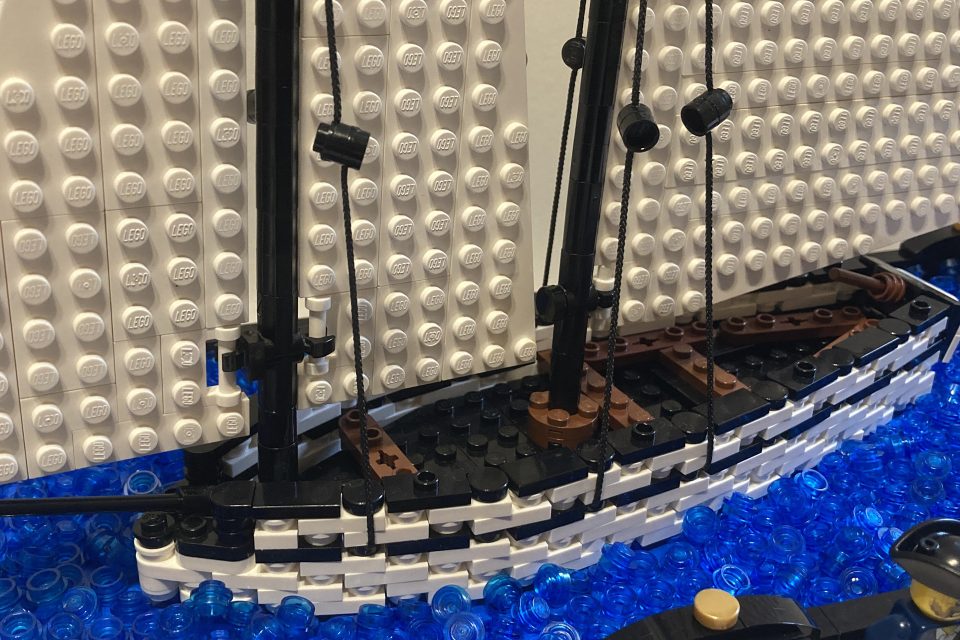
The real Peggy is due to return to public view in 2025, until then we can enjoy her LEGO alternative
Not Familiar with LEGO Ideas?
LEGO Ideas is a website which allows users to submit their MOCs (My Own Creation) and if they manage to attract 10,000 supporters, the creation may become an official LEGO set available commercially, or it may be rejected during the review process.
As we need more Pirates ships, ahem, historic themed sail boats turned into official sets, Classic-Pirates are counting on you Pirate fan to do your duty! Click on the SUPPORT button and give your thumb-up for this creation.
About the Builder…
Greg3 is an accomplished builder who sails to us from the Isle of Man, a place packed with great history and breathtaking locations which would inspire even a non-builder to build something awesome! His strongest influences are real historical places, objects, and events based on historical warfare.
Far from being a beginner, one of the Greg3’s designs was turned into a kit by Brickmania. For his other LEGO work you can always visit and follow Greg3 on his Instagram account, or Flickr profile.
Before we part our ways, visit us on LEGO Pirates forum, or write your comment about this creation by clicking the big red shinny button below. If you don’t have time for writing, and you are all about building and playing, then go ahead and join BoBS (not BOOBS), the best game for Adults AFOLs ever made.
